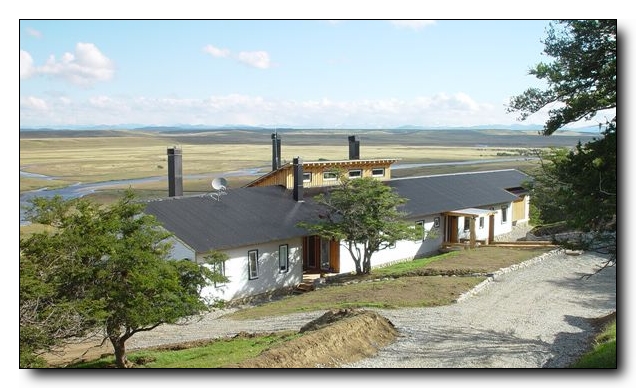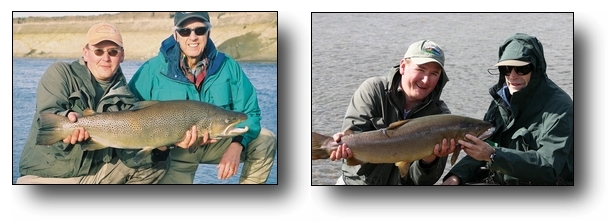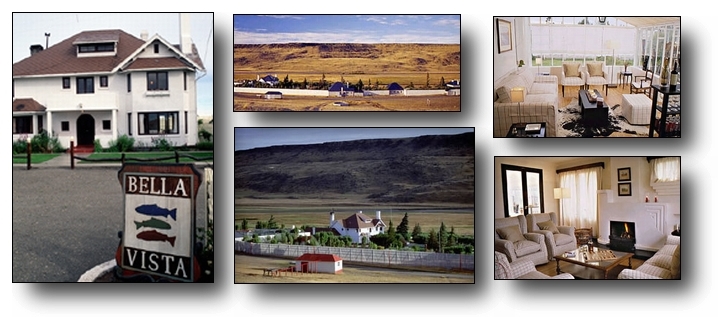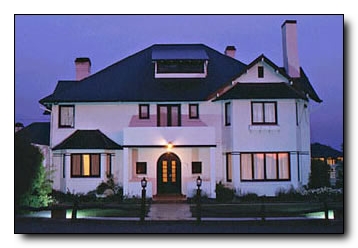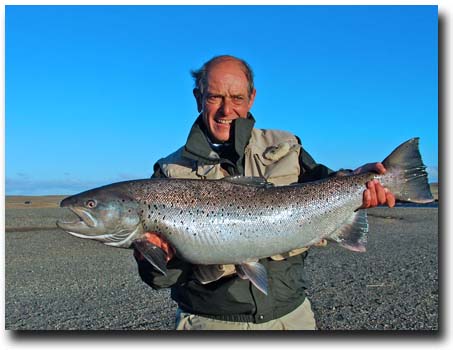Updated on
Fly Fishing the Rio Grande
Villa Maria is the second of Nervous Waters’ fine lodges on the Rio Grande. With 10 years of fabulous success at Kau Tapen, and with the demand for sea-trout fishing increasing, the Carreras brothers extended their fishing program by creating Villa Maria Lodge in 1996. Villa Maria water is a 15 kilometer stretch of the Rio Grande, directly below Kau Tapen’s lowest pools. Here, the Rio Grande flows through the enormous Estancia Jose Menendez. This section of the river has proven to be extremely productive water in recent years. This far downriver, most of the fish taken are dime-bright, fresh from the salt and exceptional fighters.
Book now, get a quote, or chat with us about Chile & Argentina fly fishing!
or
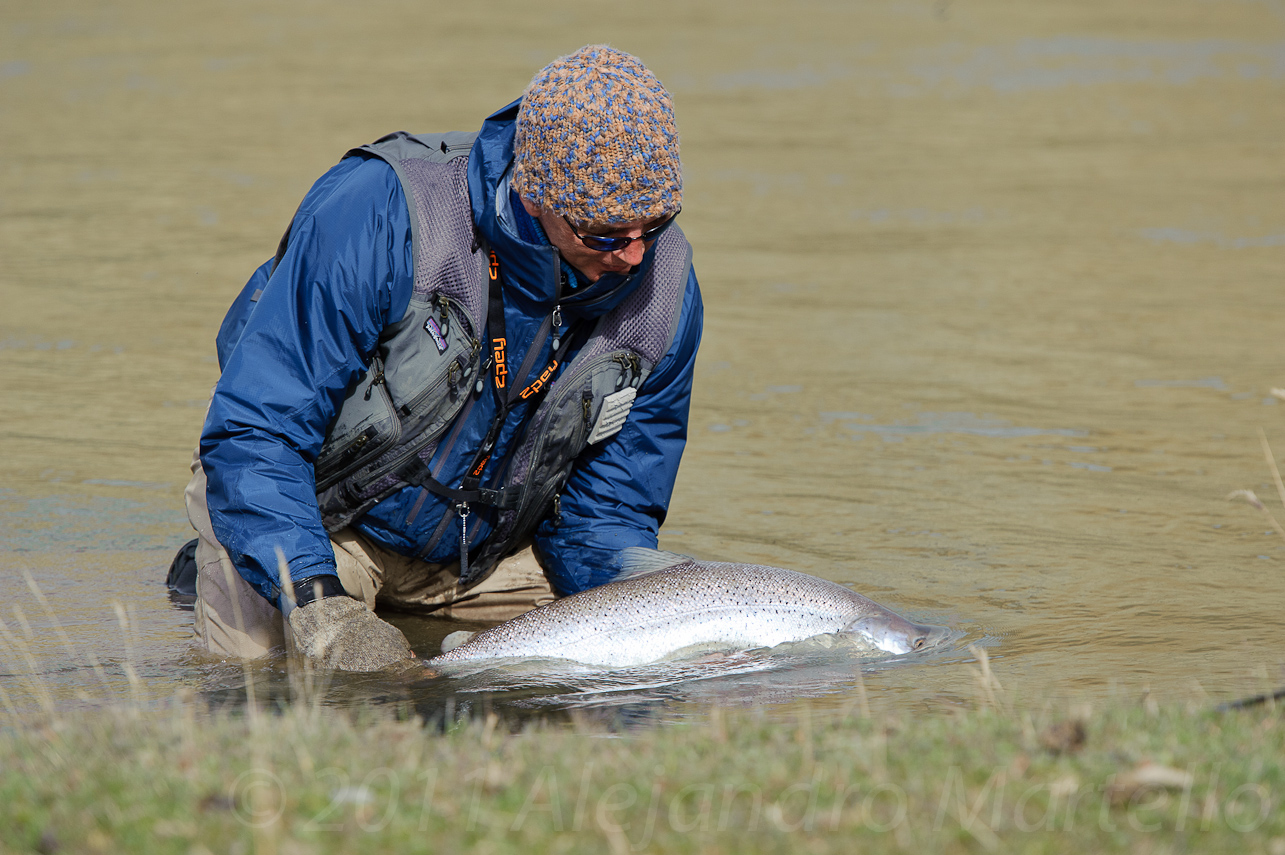
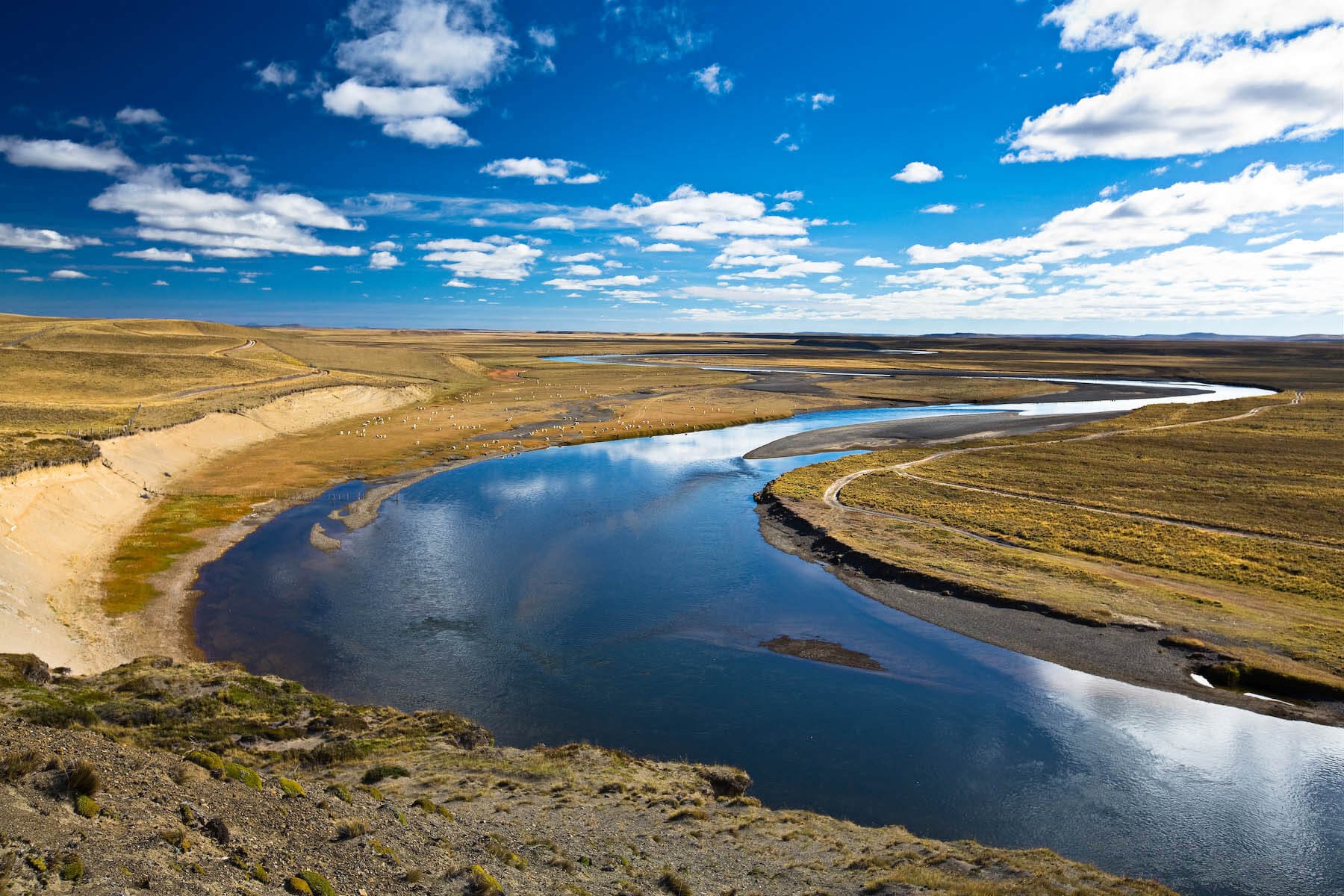


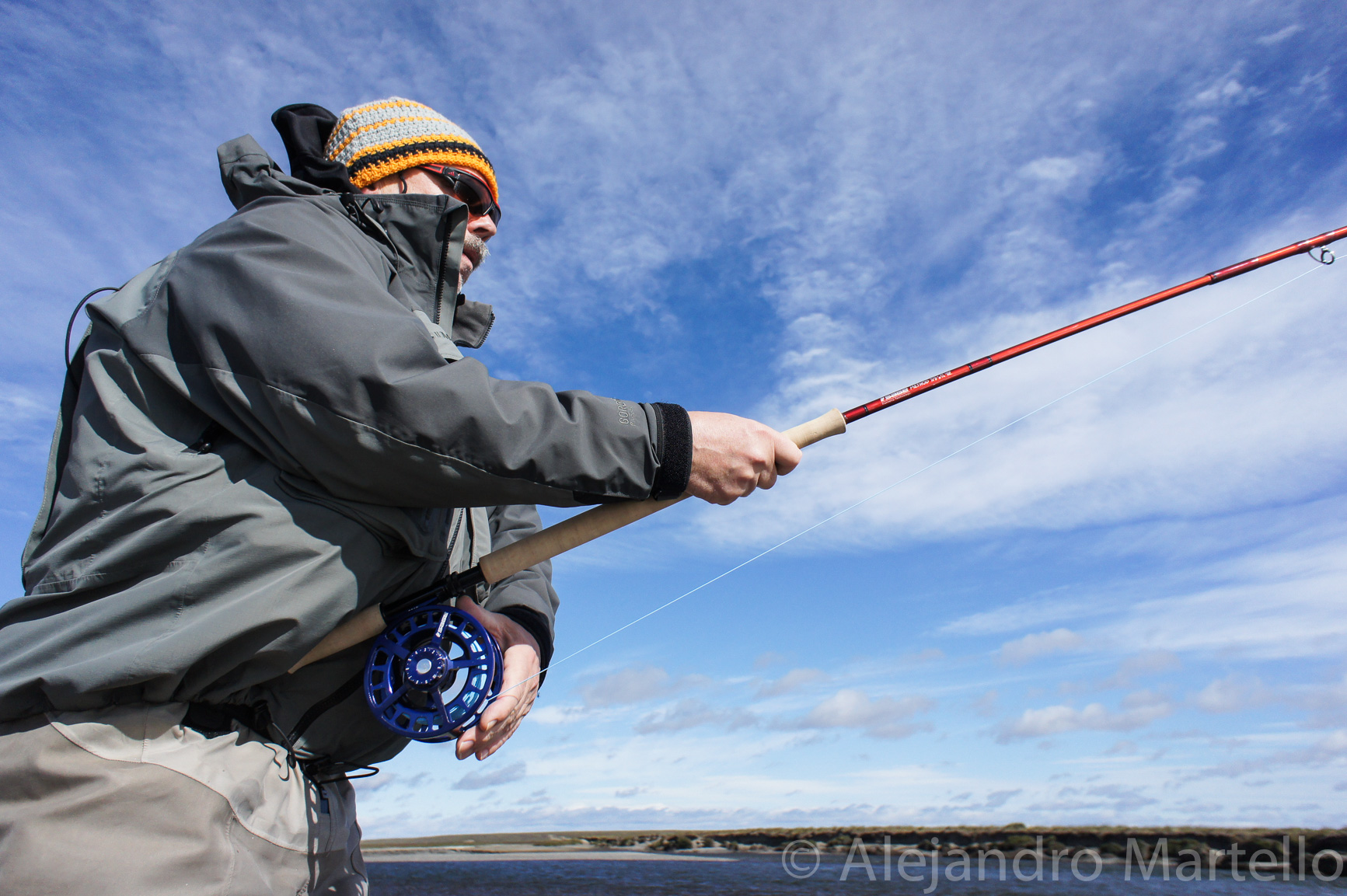
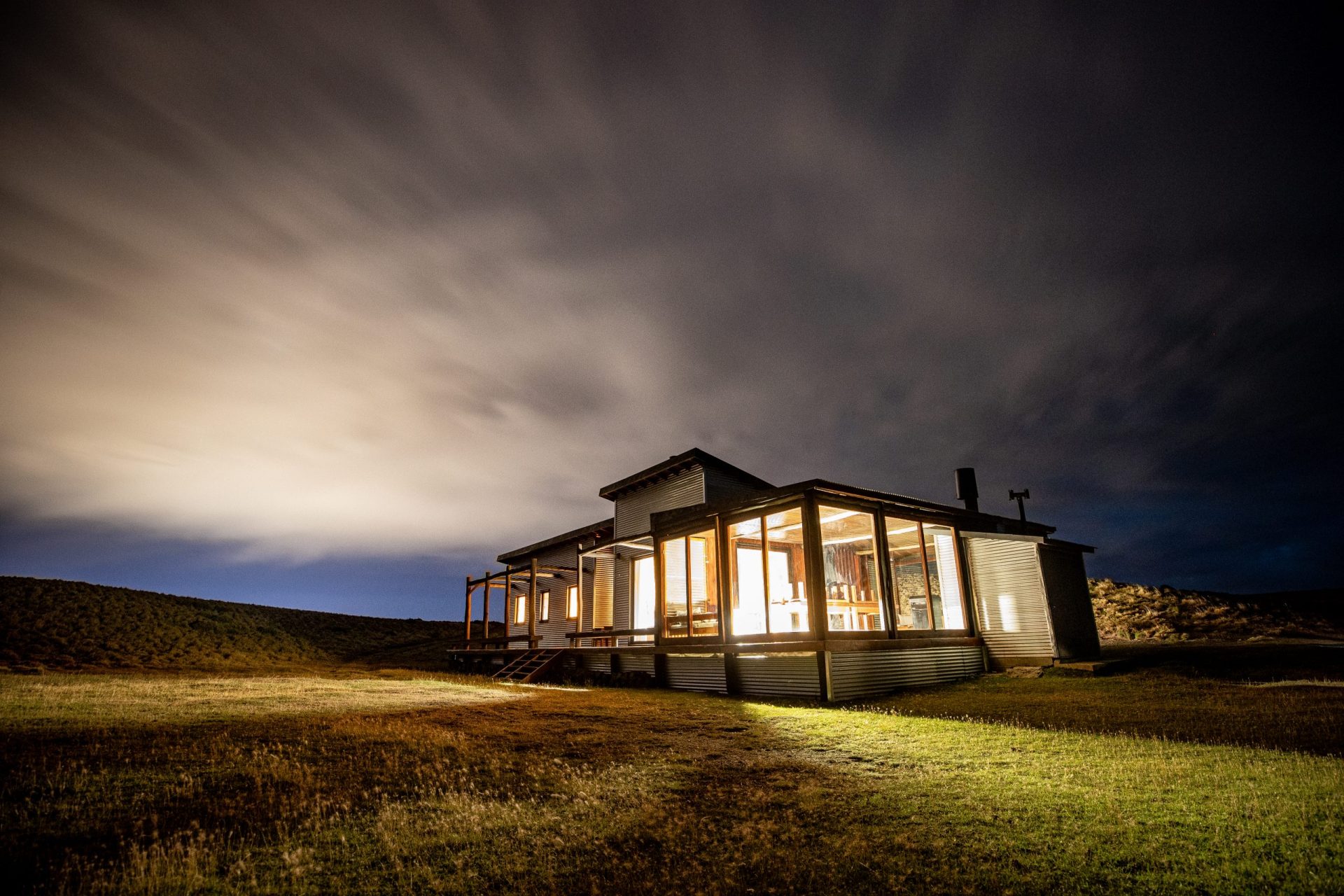
A charming 1920’s vintage house in the heart of the Estancia complex, was completely remodeled into a very comfortable lodge. Originally, this was to accommodate 4 rods, but since has been expanded to comfortably house 6 rods. Villa Maria has an elegant and warm, old world ambiance which appeals to small, intact groups as well as individual anglers. The service, amenities and cuisine are of the highest level.
Each morning, guests depart the lodge after breakfast to the fishing areas (20 – 30 minutes in comfortable 4WD RV’s). At 1:00 pm, anglers will converge at the lovely new “Fishing House”, a spectacular little lodge in it’s own right, overlooking the river. The Fishing House has a comfortable living room/dining area, a deck with picnic table and full barbeque pit for traditional asados, and three comfortable double bedrooms for siesta. The afternoon/evening fishing hours depend on the time of year; later during the longer days of December and January than in February and March. At dark, guests return to the main lodge at the Estancia complex for cocktails and dinner.

The Rio Grande, in the Villa Maria stretch, is larger water than at Kau Tapen upstream. The river has less meander here and the pools are wider and longer here, favoring more confident casters. While good casters can cover the pools comfortably with a single-handed rod, this is perfect water for the efficiency of double-handed rods. As with the upriver pools, fly and line choice is a function of water levels and temperatures. During periods of lower water and warmer temperatures. Floating lines and small flies (and often dry flies) are the norm. During higher or colder water temperatures, larger flies and sinking tips are required. The angler armed with a 12 – 14 foot double-hander with a Rio Scandi Versatip or Skagit line system with the interchangeable heads will be well equipped for all conditions.


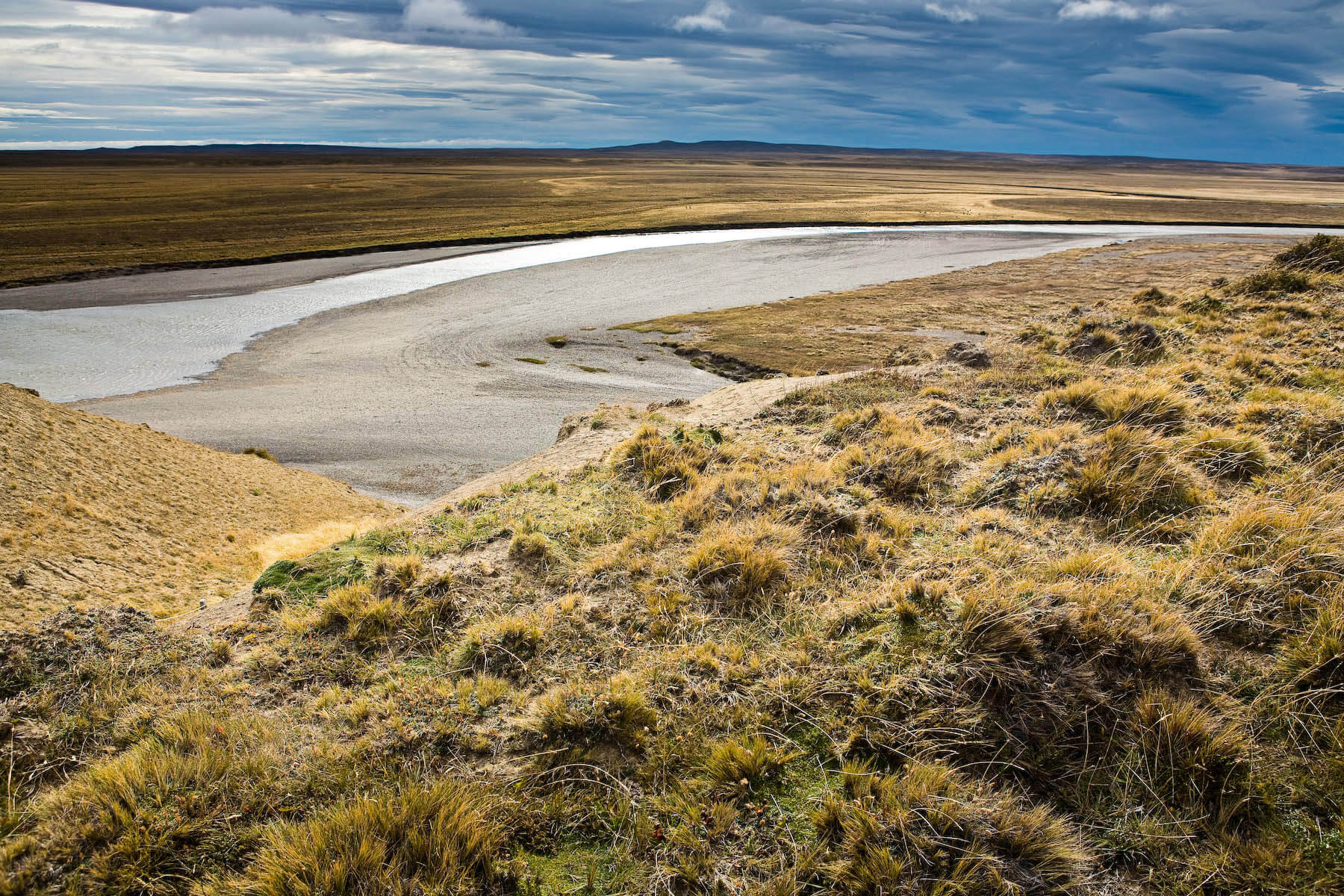

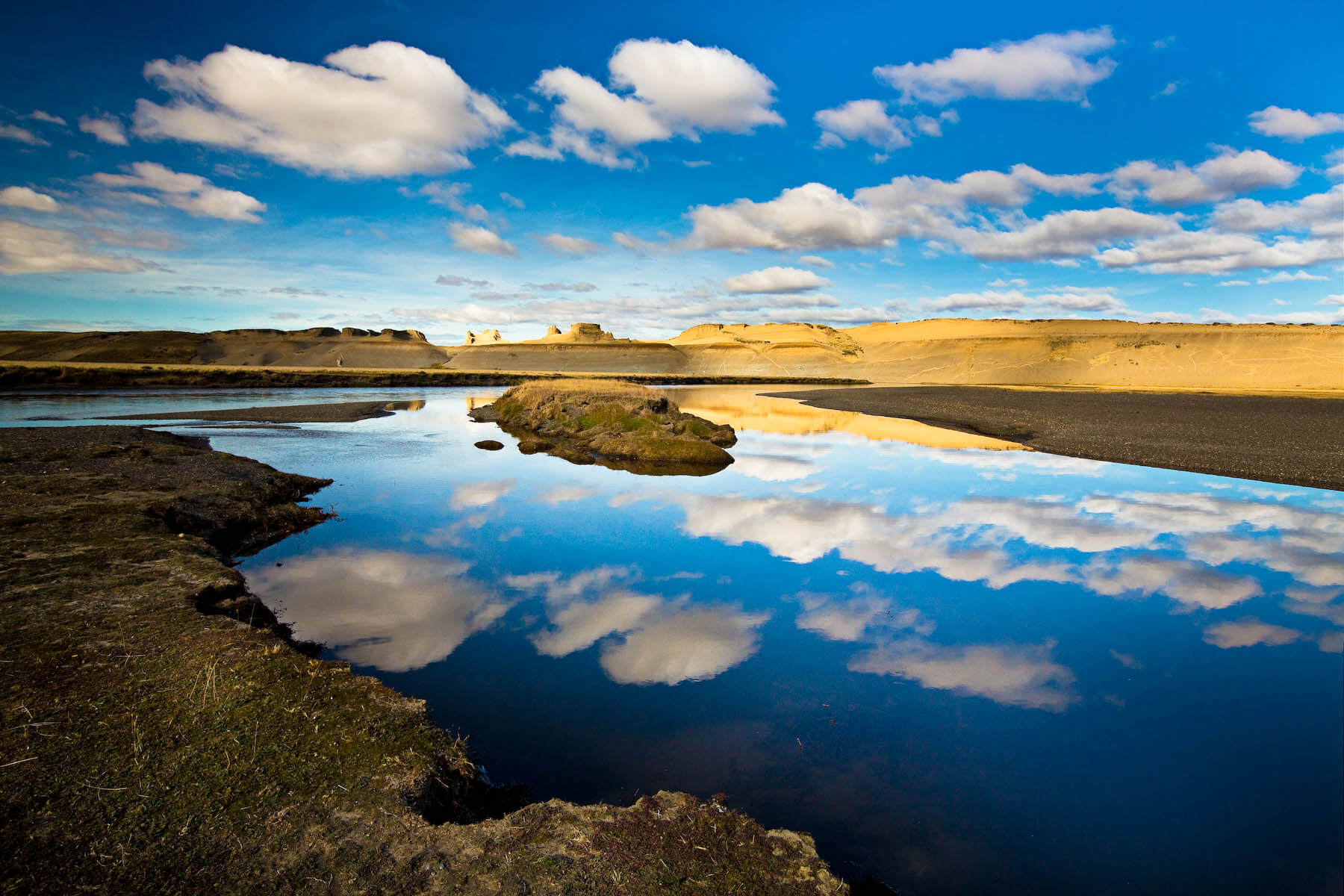
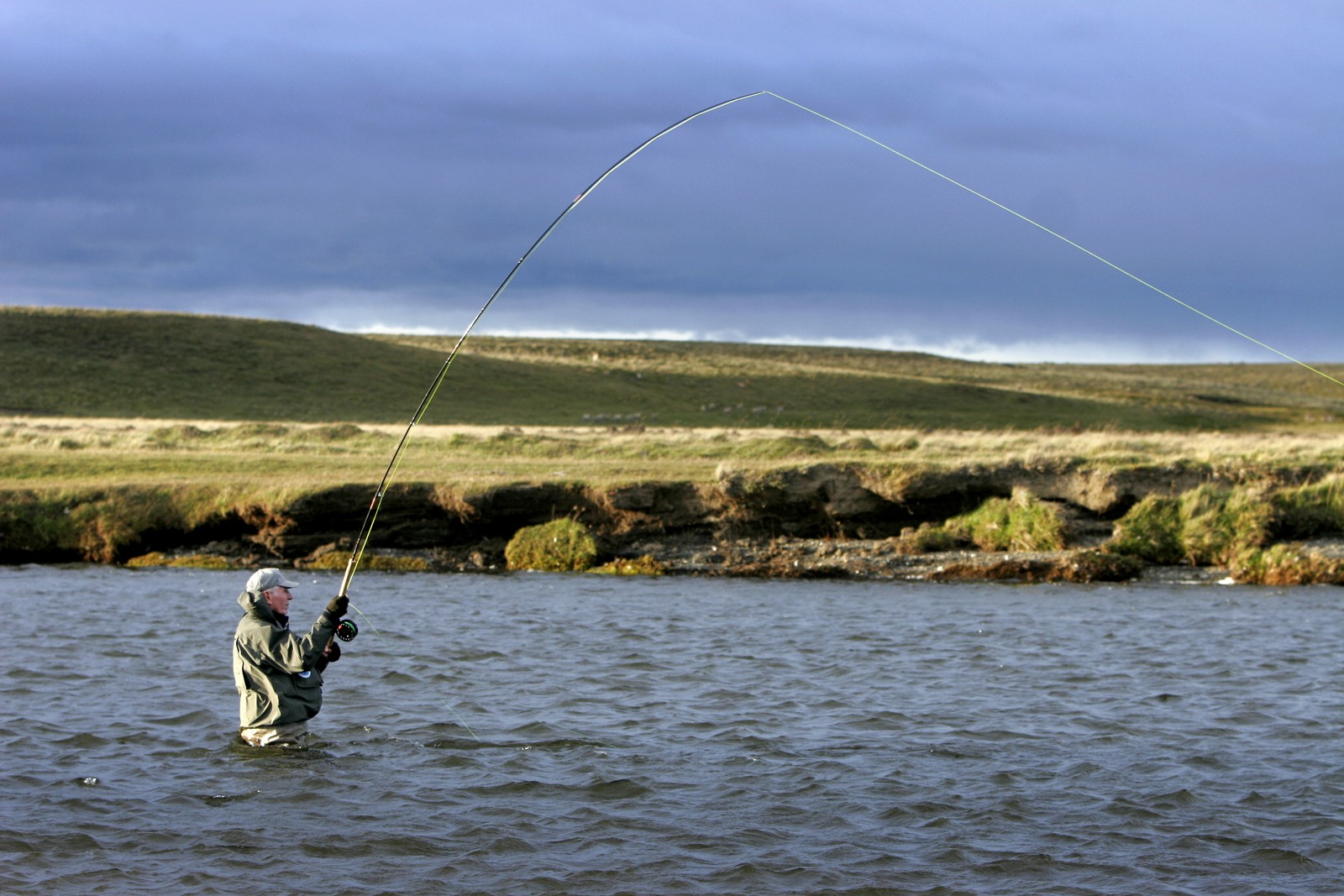
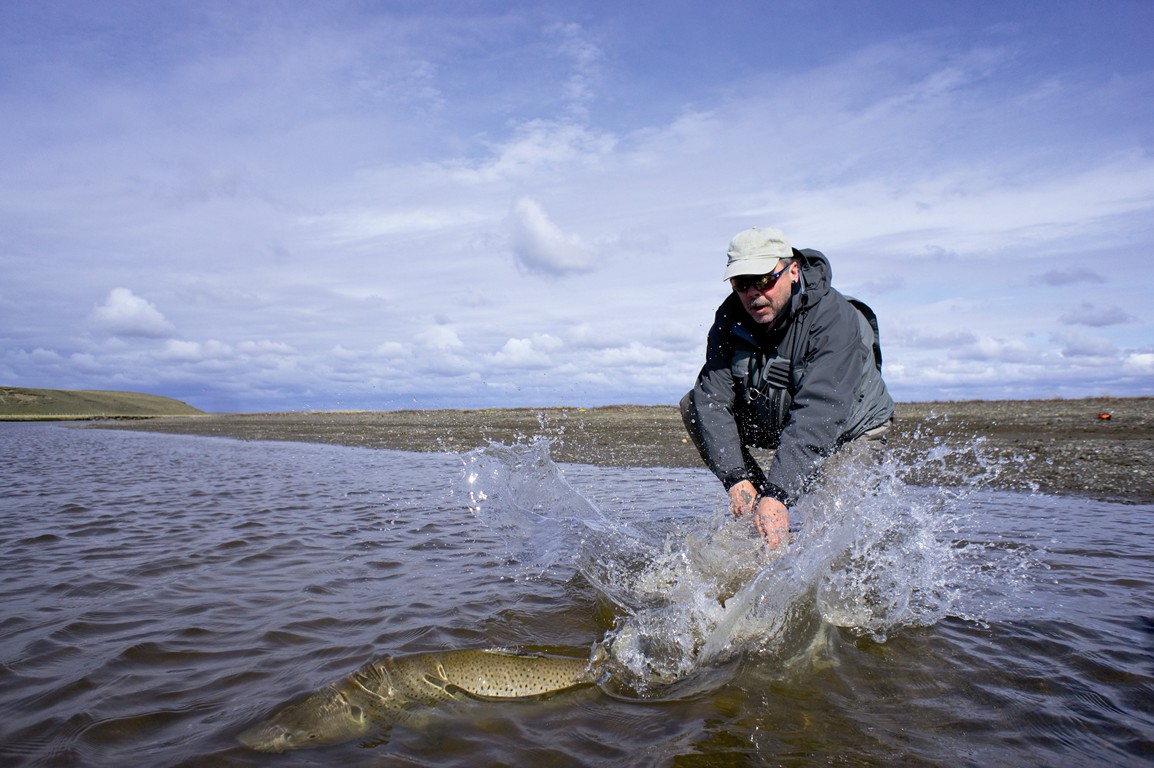
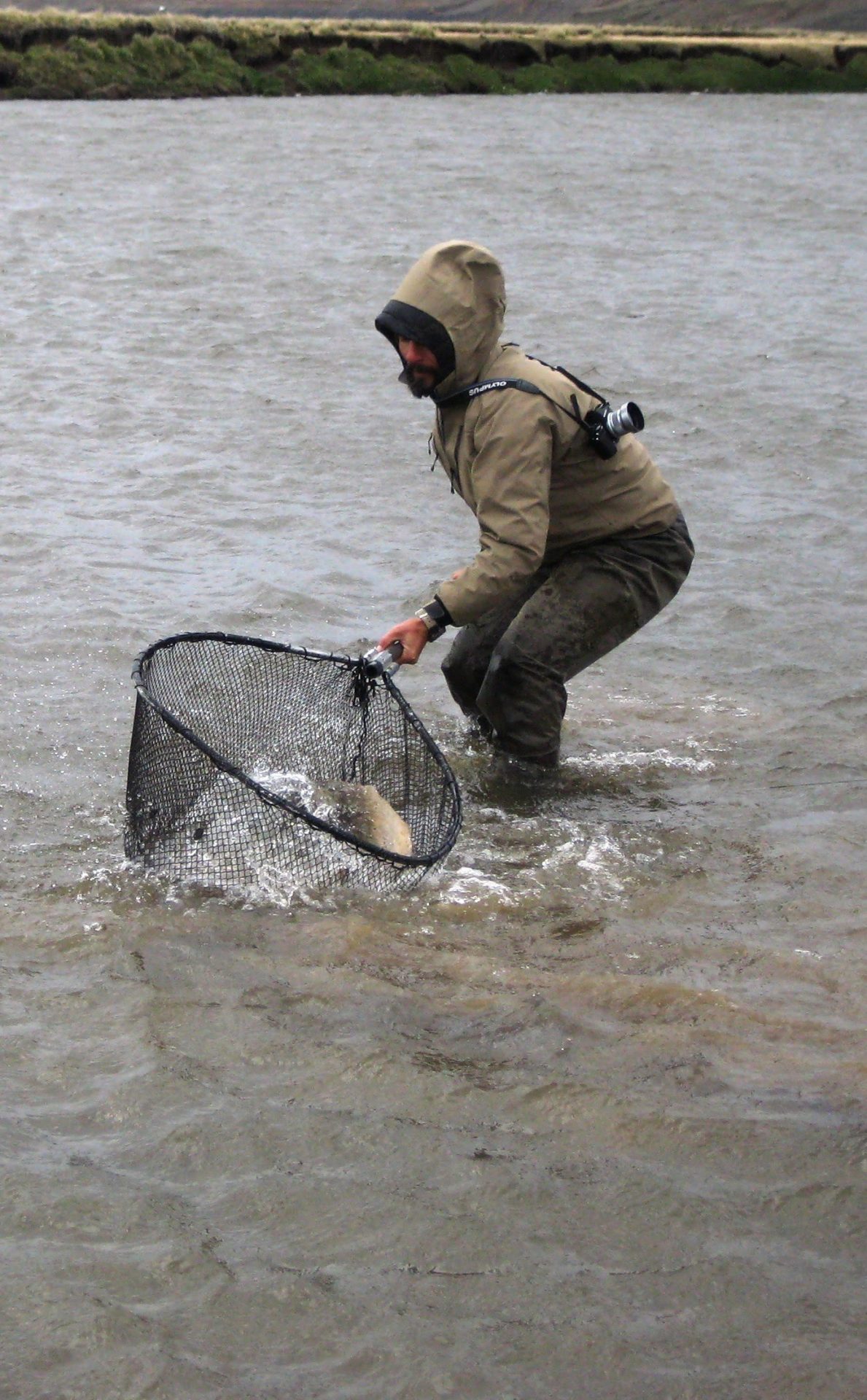
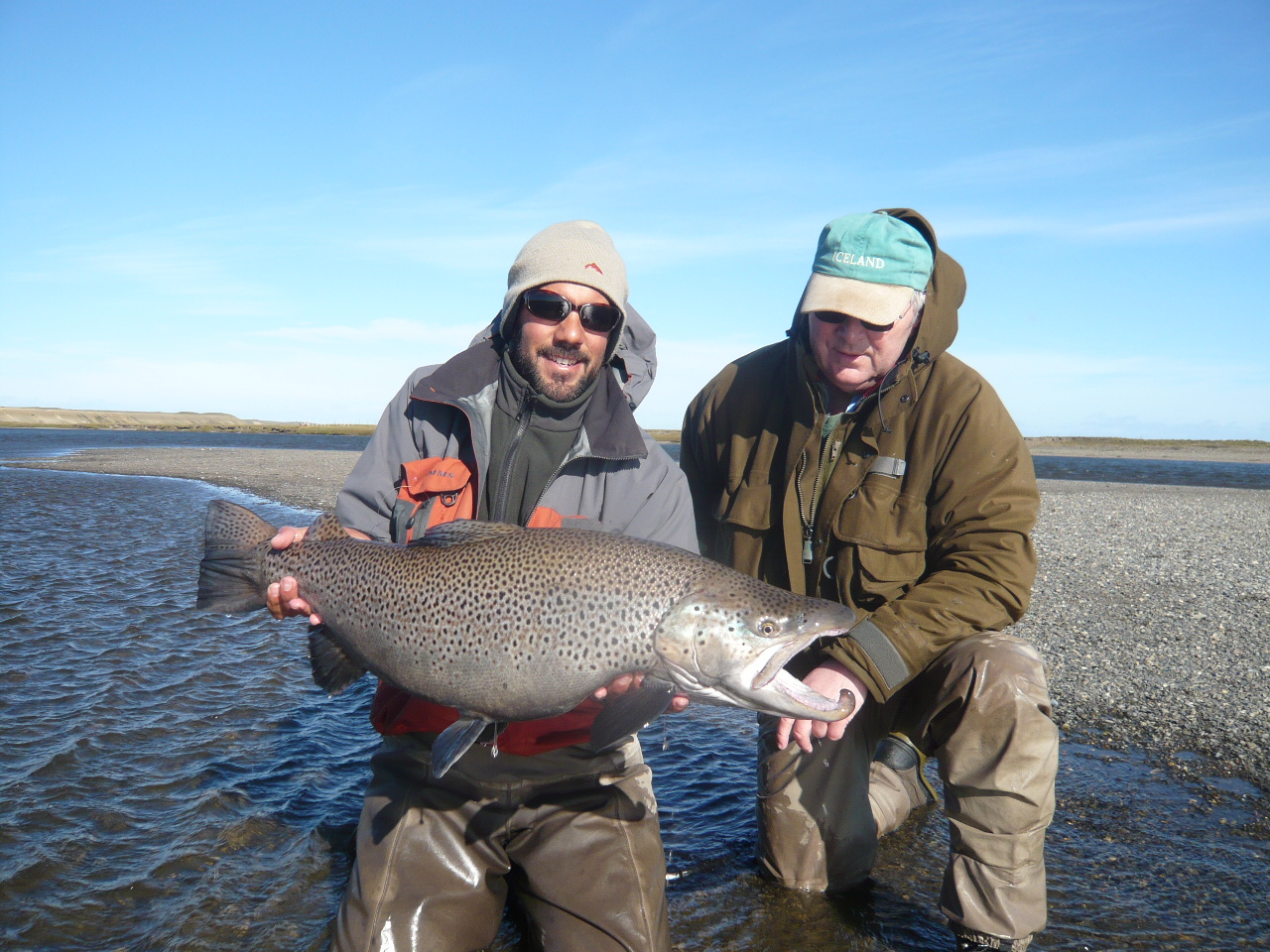
Our Services are Free!
Contact us for Seasonal Discounts, Special Offers or Promotional Pricing
Villa Maria Lodge 2025 – 2026 Rates
| Dates | Cost per week per person |
|---|---|
| Dec. 26, 2025 → Jan. 2, 2026 | $12,950 |
| Jan. 2 → Mar. 6, 2026 | $14,950 |
| Mar. 6 →Mar. 27, 2026 | $12,950 |
(Rates are per person and subject to change)
Take the guess-work out.
Tap a button below to start the conversation. Our services are free.
Non Fisher Rate: Contact Angler Adventures
Included: Transfer from Río Grande airport (RGA) to the lodge; All meals, wines, beer and local and international spirits; Professional guide services (2 anglers per guide/boat); Loaner fishing equipment (Rods, reels & lines).
Not Included: International & domestic airfares; Fishing Licenses; Laundry service; Day room (if needed) at Río Grande hotel on arrival date; Gratuities for guides and house staff.
Payment terms: A deposit of 50% confirms a reservation. The trip should be paid in full 120 days prior to the start date. At this point, the guest is responsible for total land costs and no credit will be applied. All deposits & payments are 100% non-refundable under any circumstances.
Tackle
Our recommendations about tackle, flies, clothing and accessories you might want to bring will be sent to you upon request. The lodge will provide back-up tackle if yours doesn’t arrive. However, guests are expected to bring their own tackle and flies. Flies and tackle are available for sale at the lodge.
Booking
Villa Maria operates at near, if not 100% capacity January through March, and enjoy nearly a 90% rate of re-booking. The demand for this incredible sea-run brown trout fishing is extremely high. Some prime spaces however are still available we encourage anglers to call as early as possible to try to secure the best available dates.





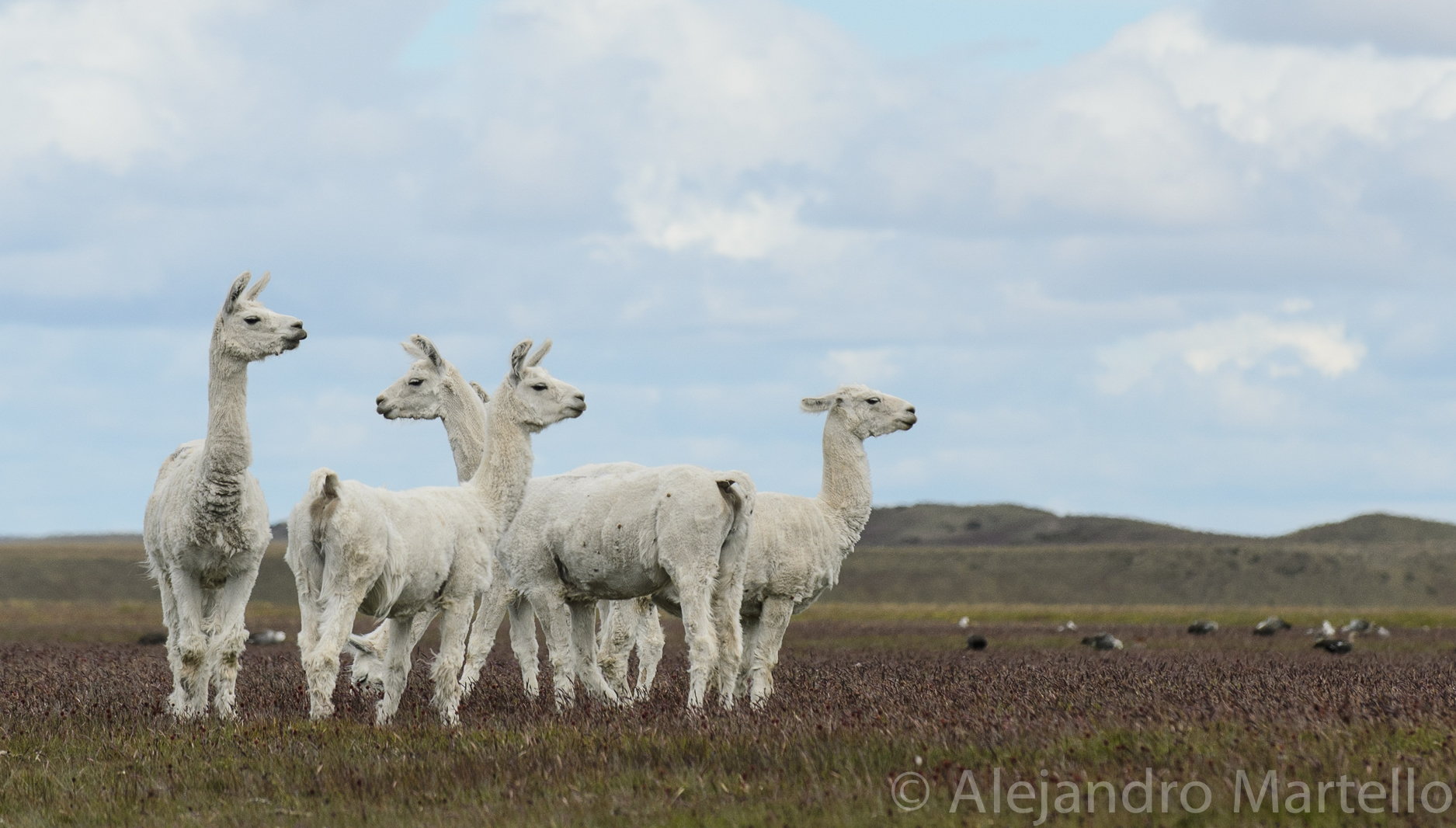





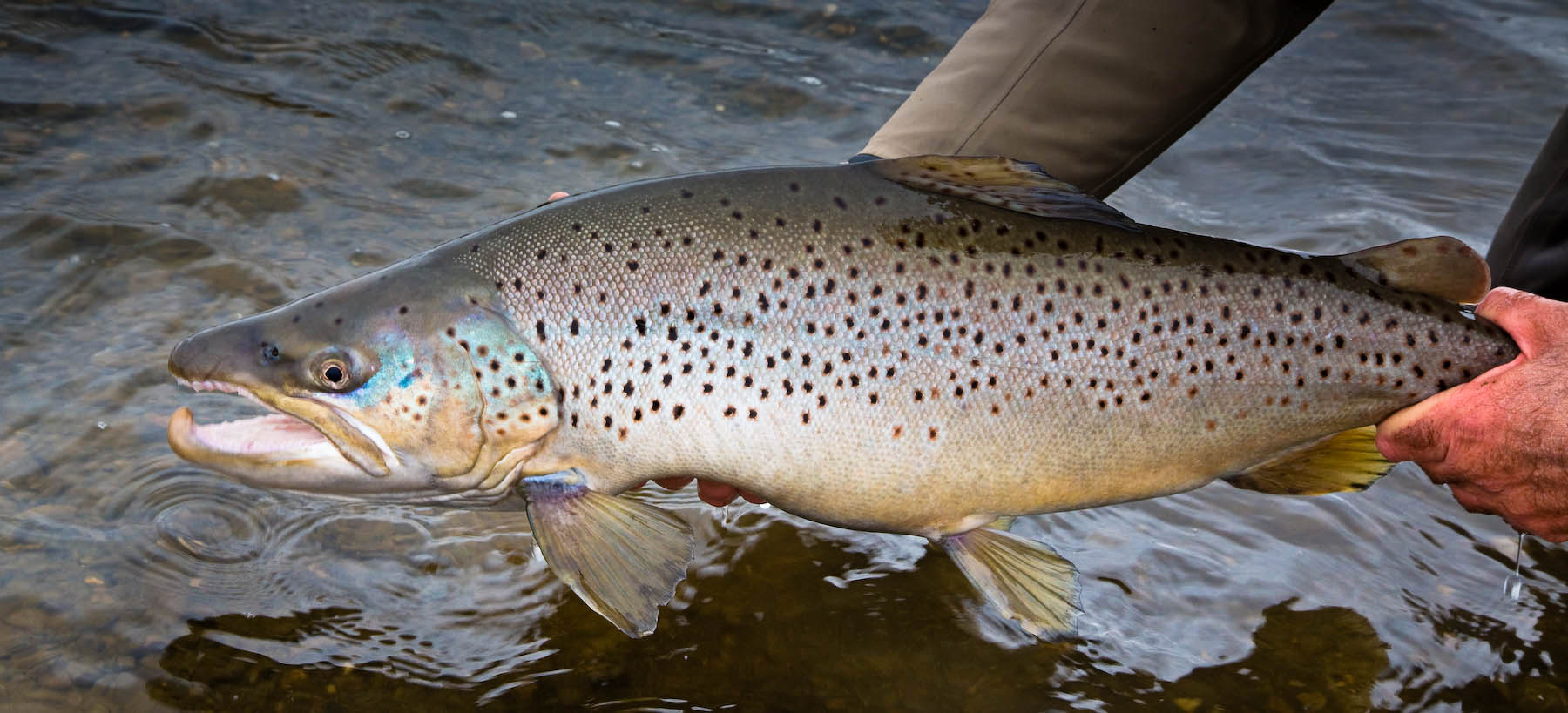



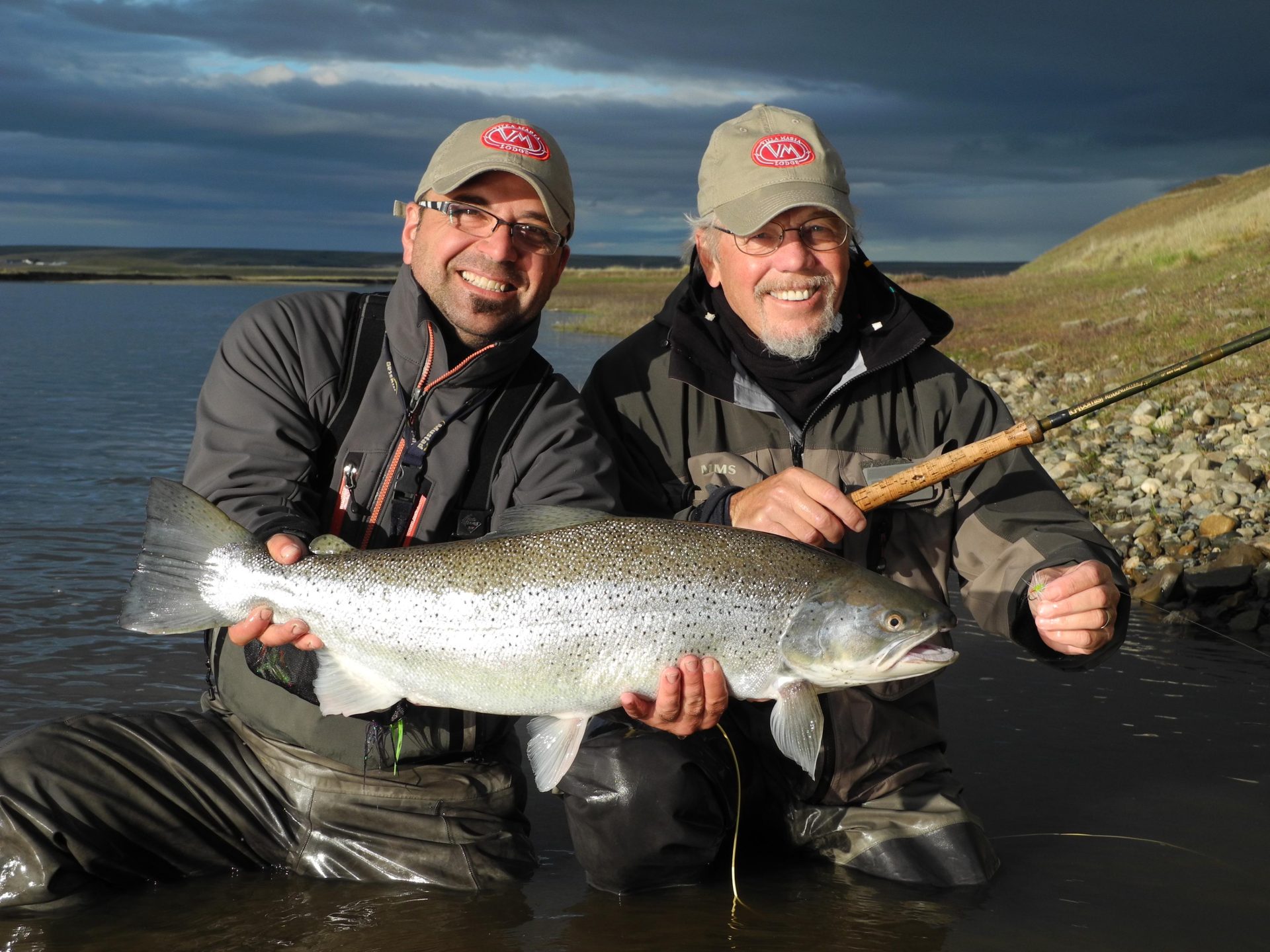








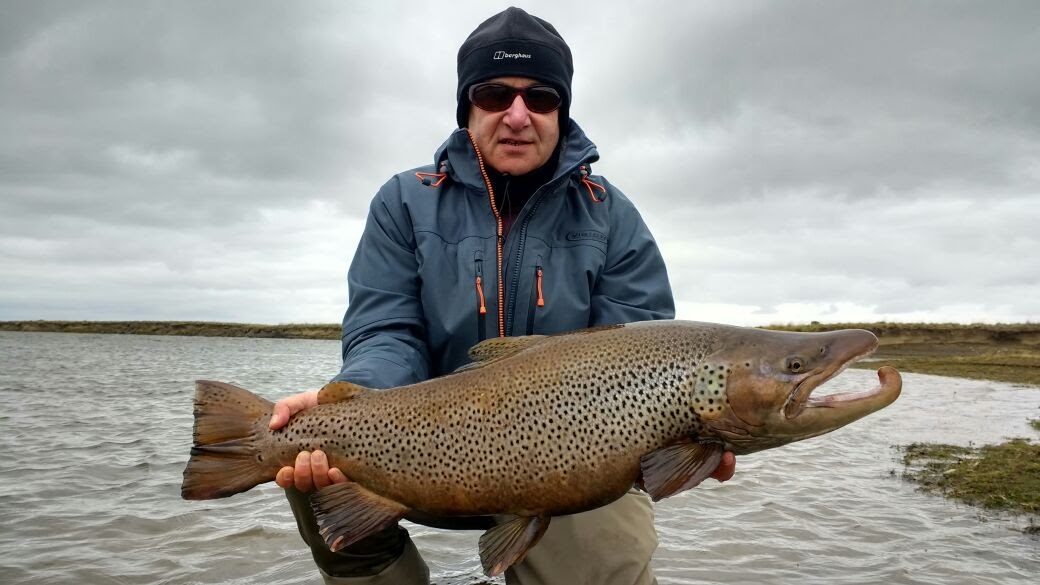




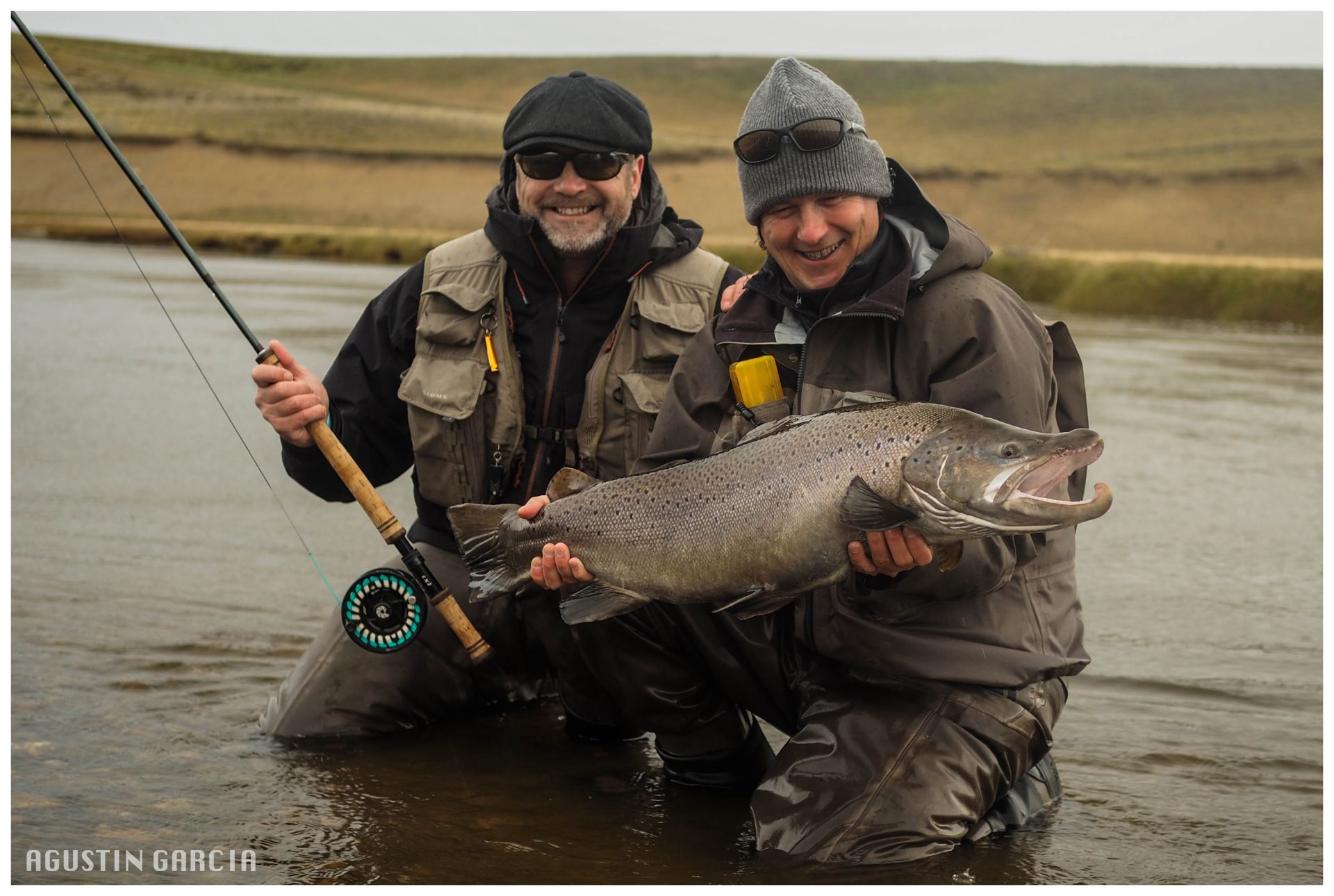


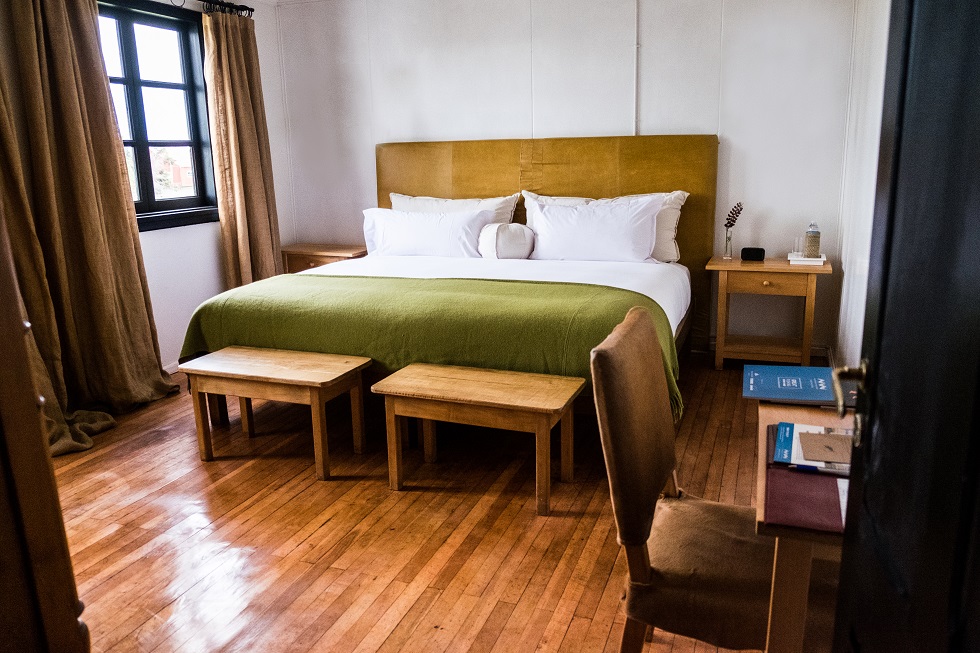










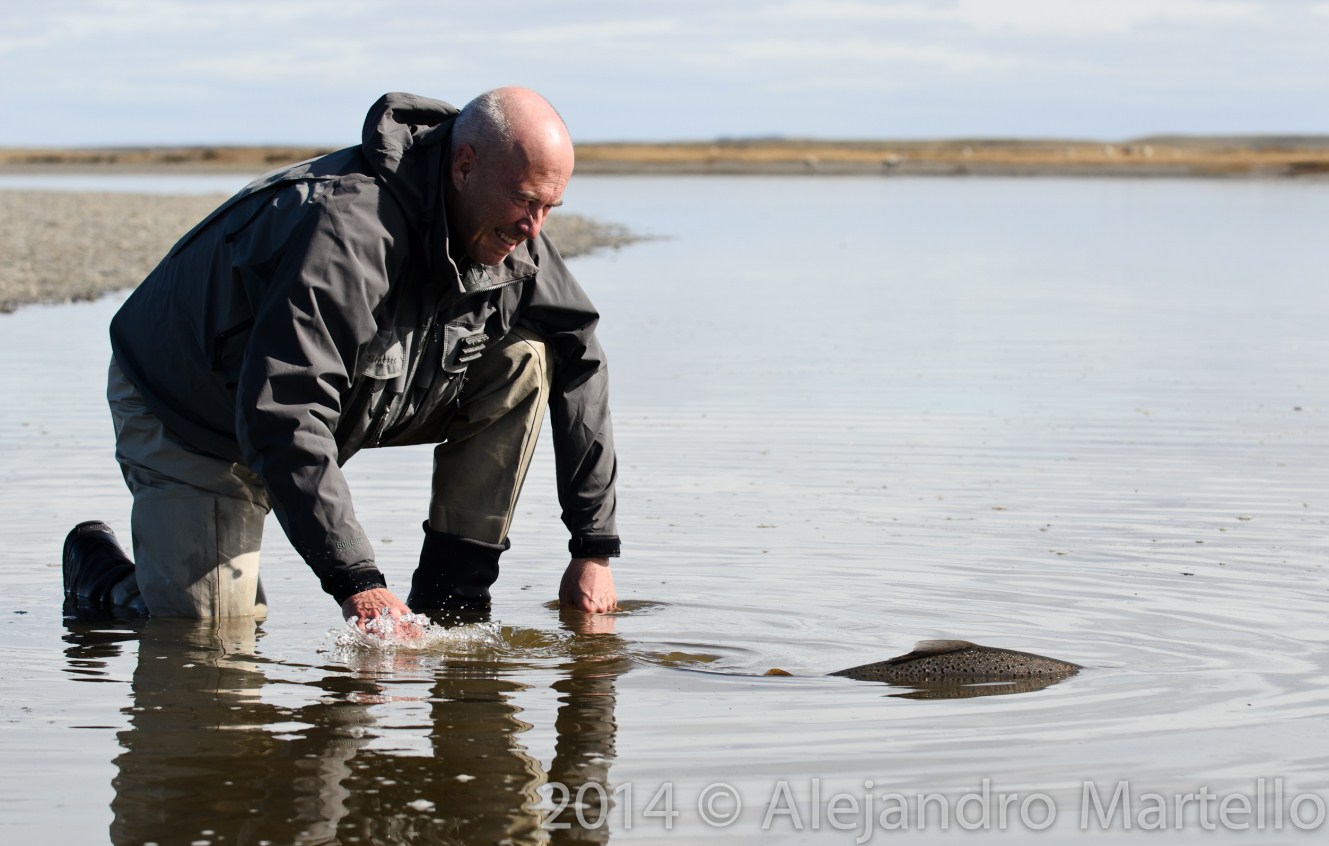





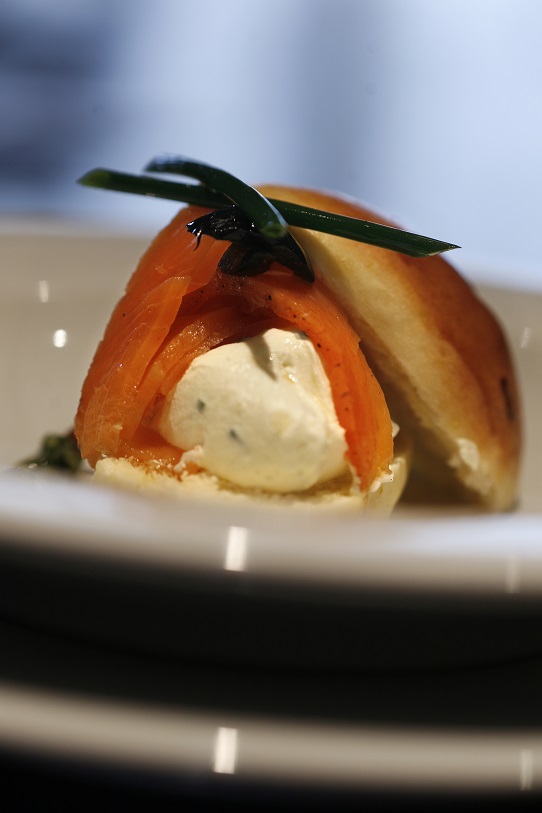

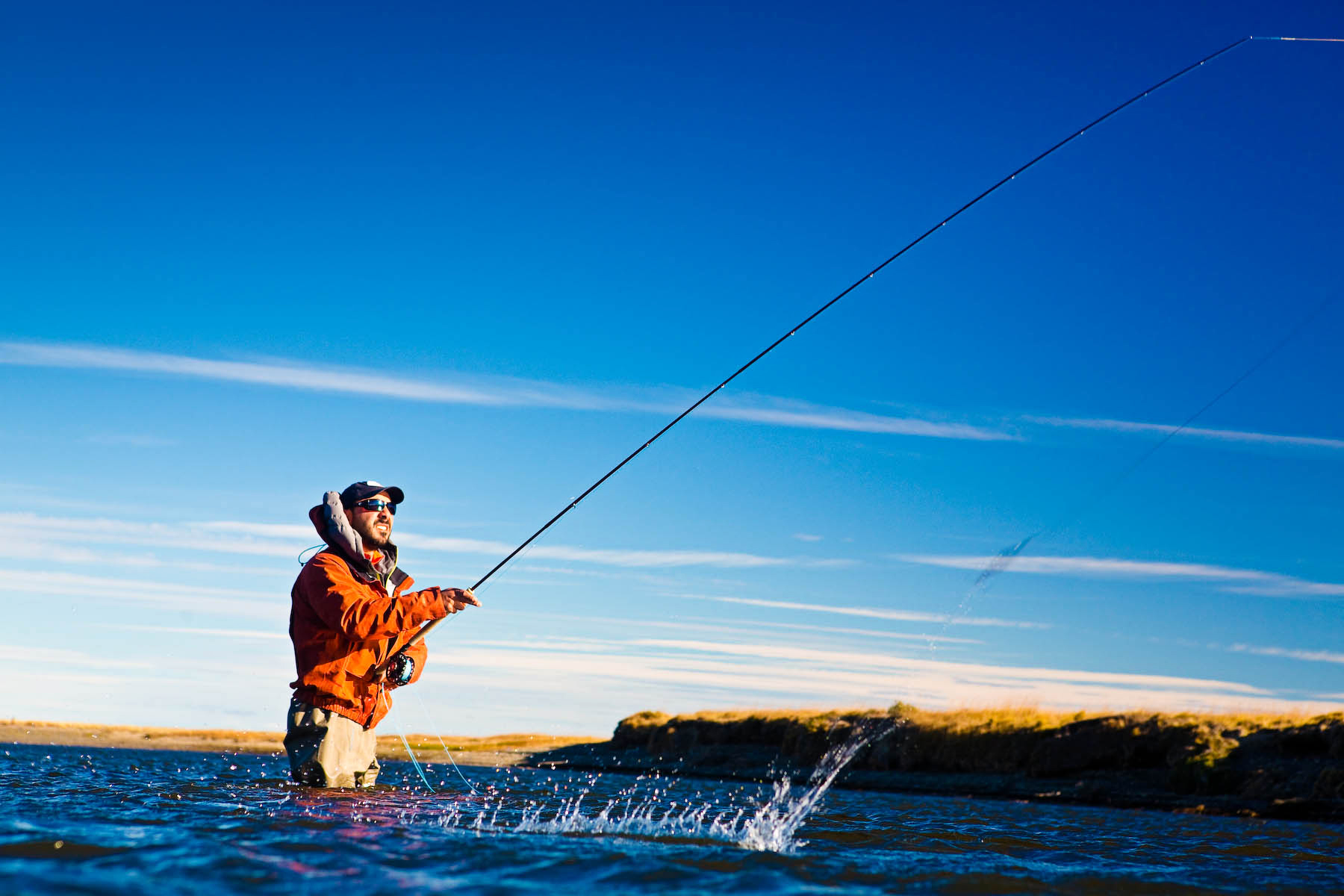
















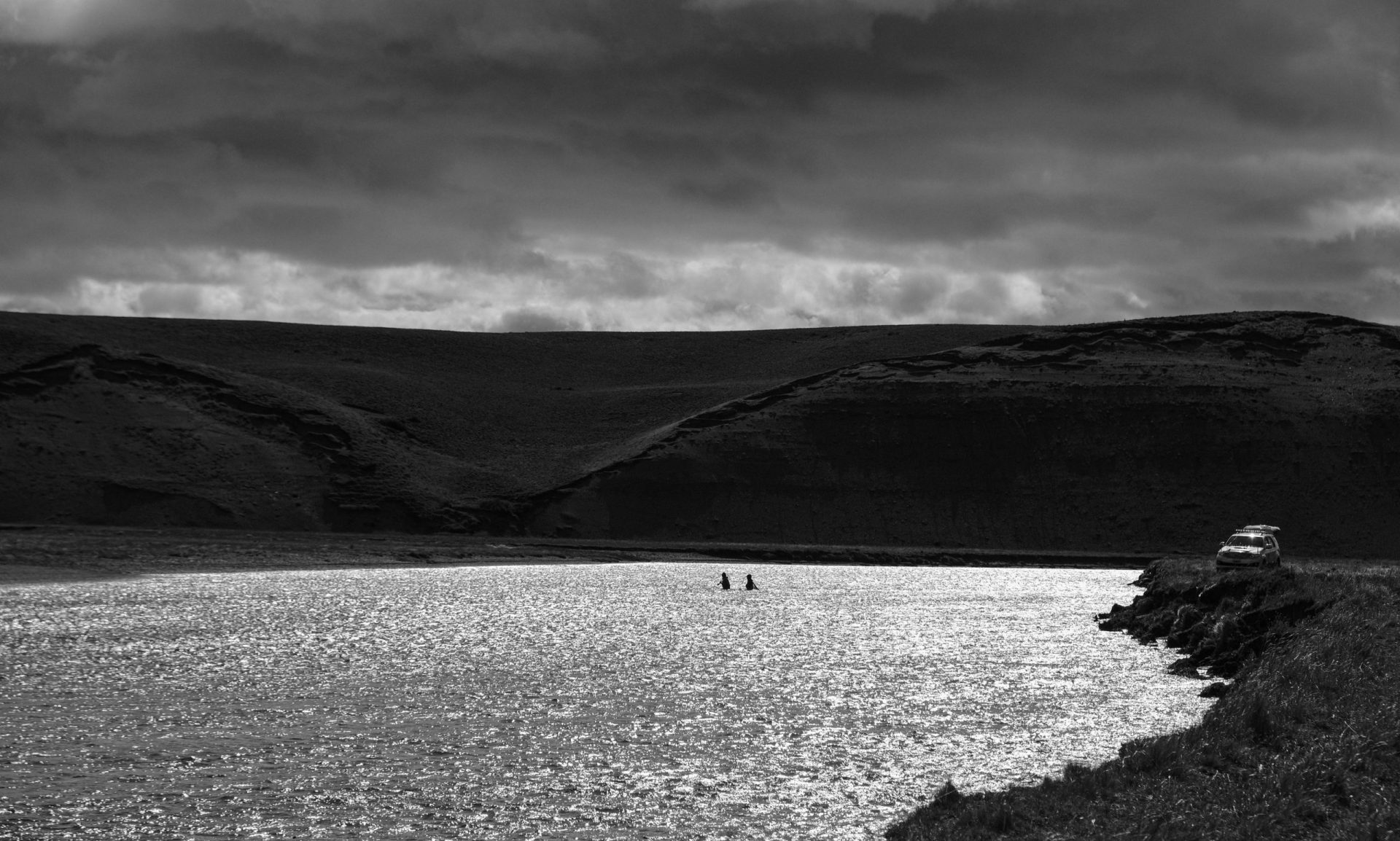






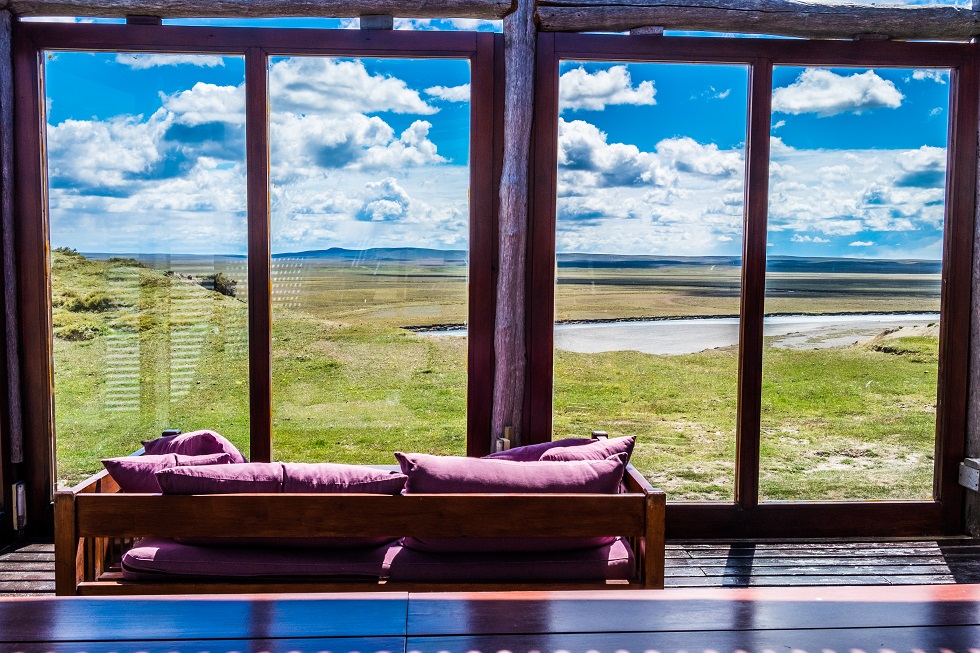
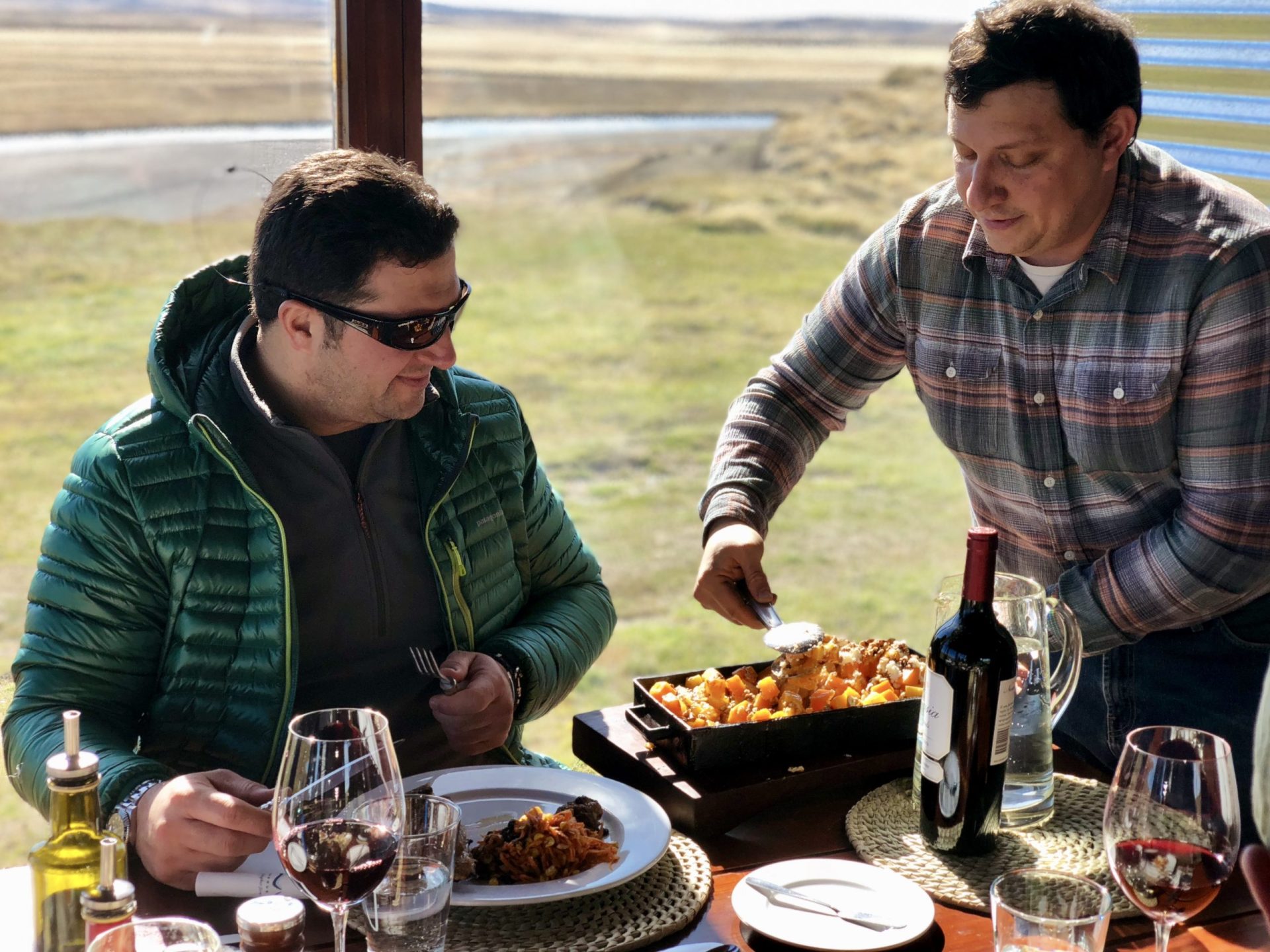
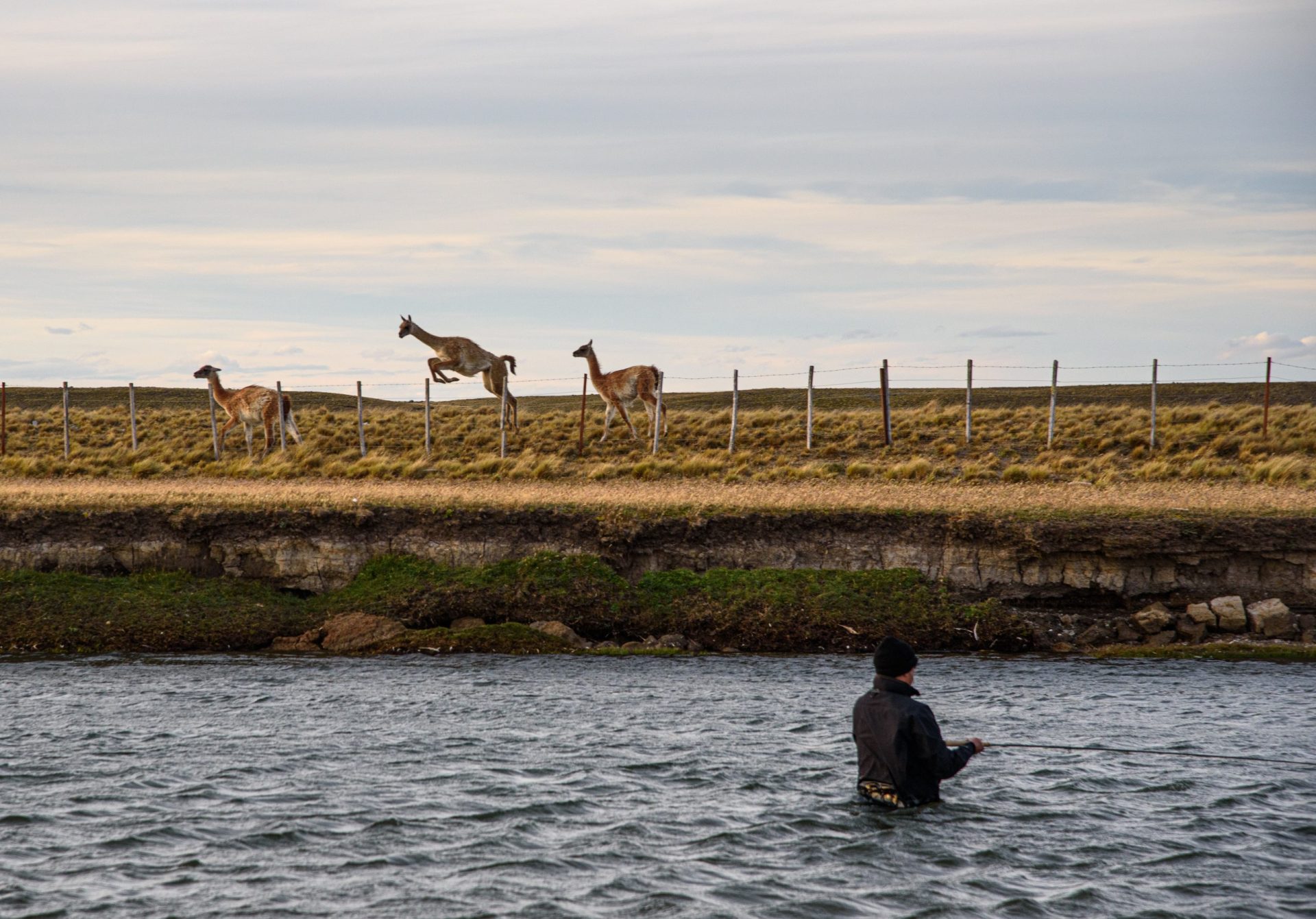
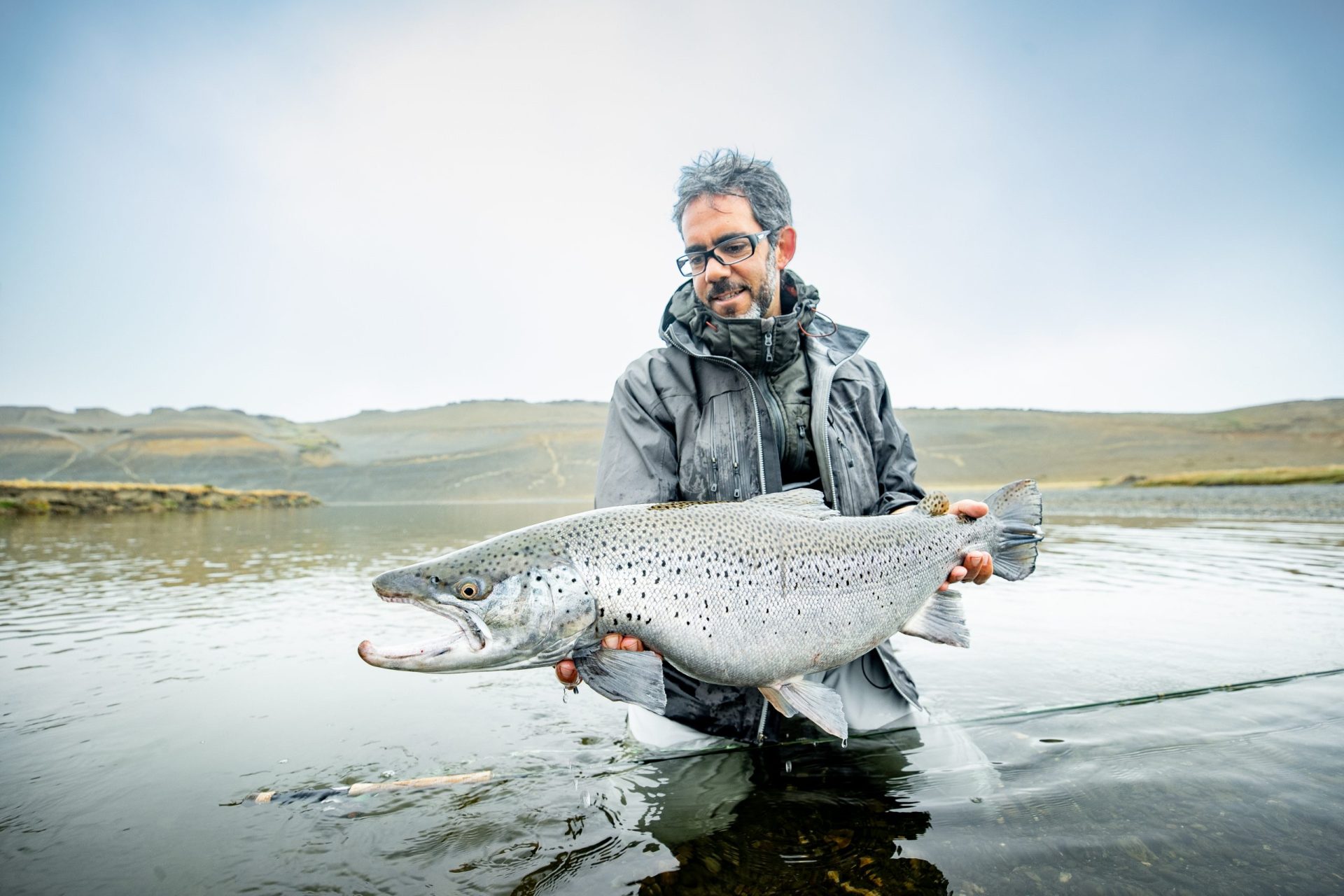


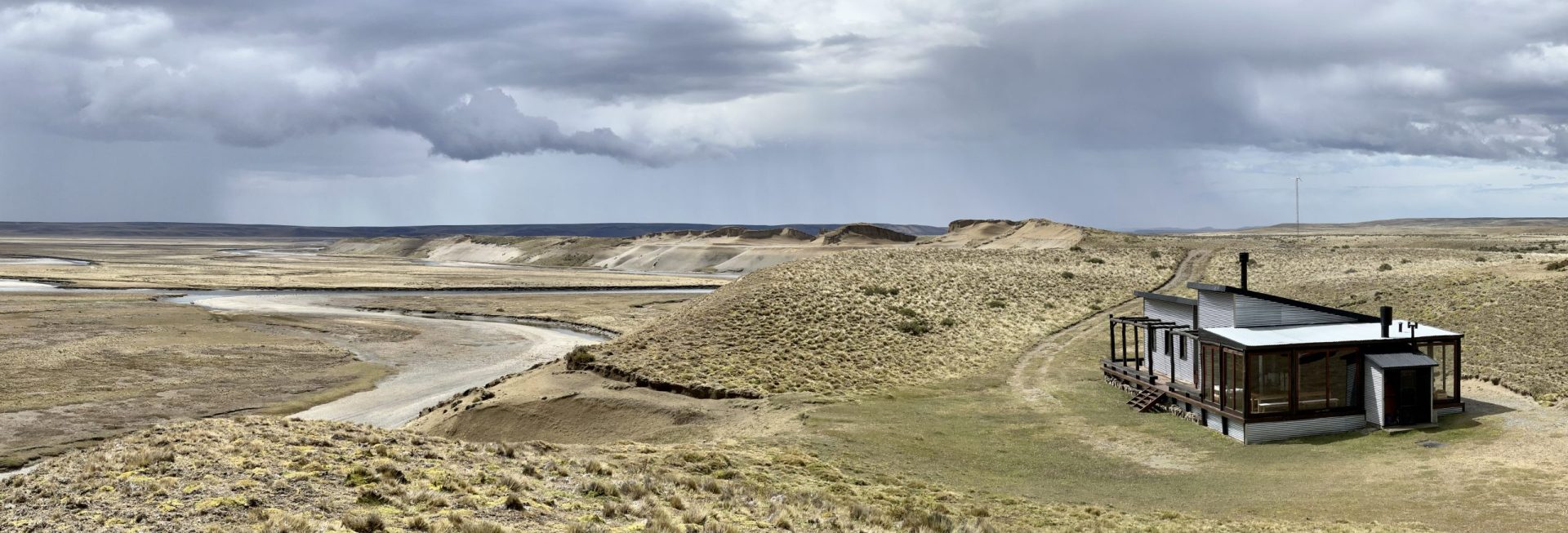



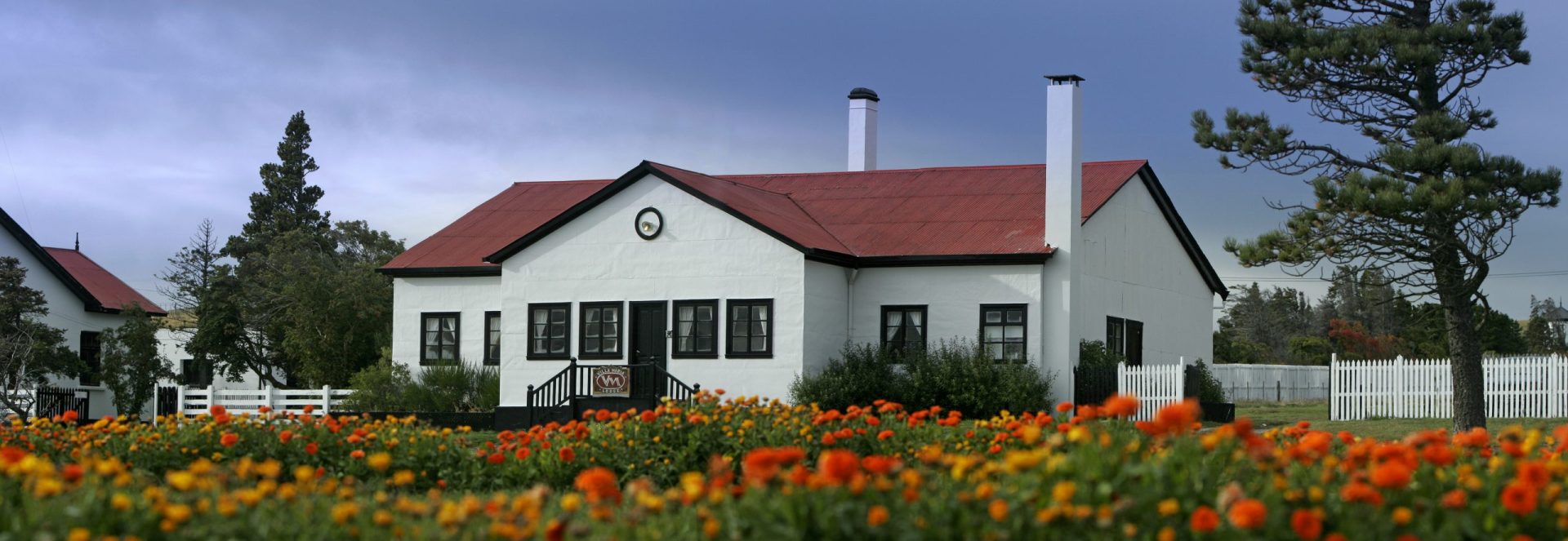






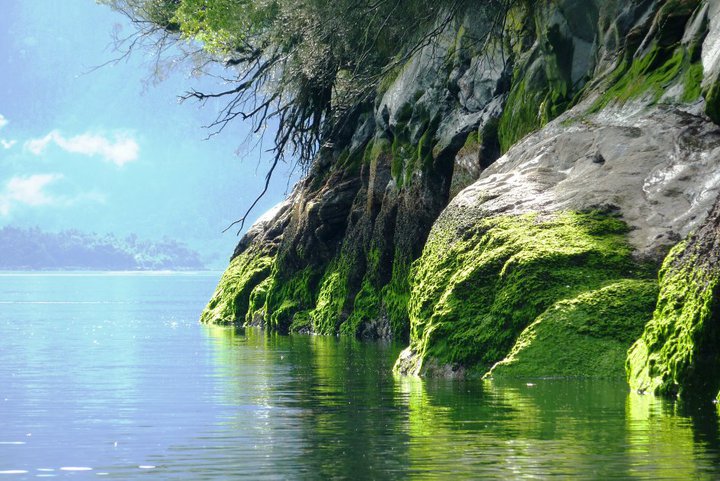




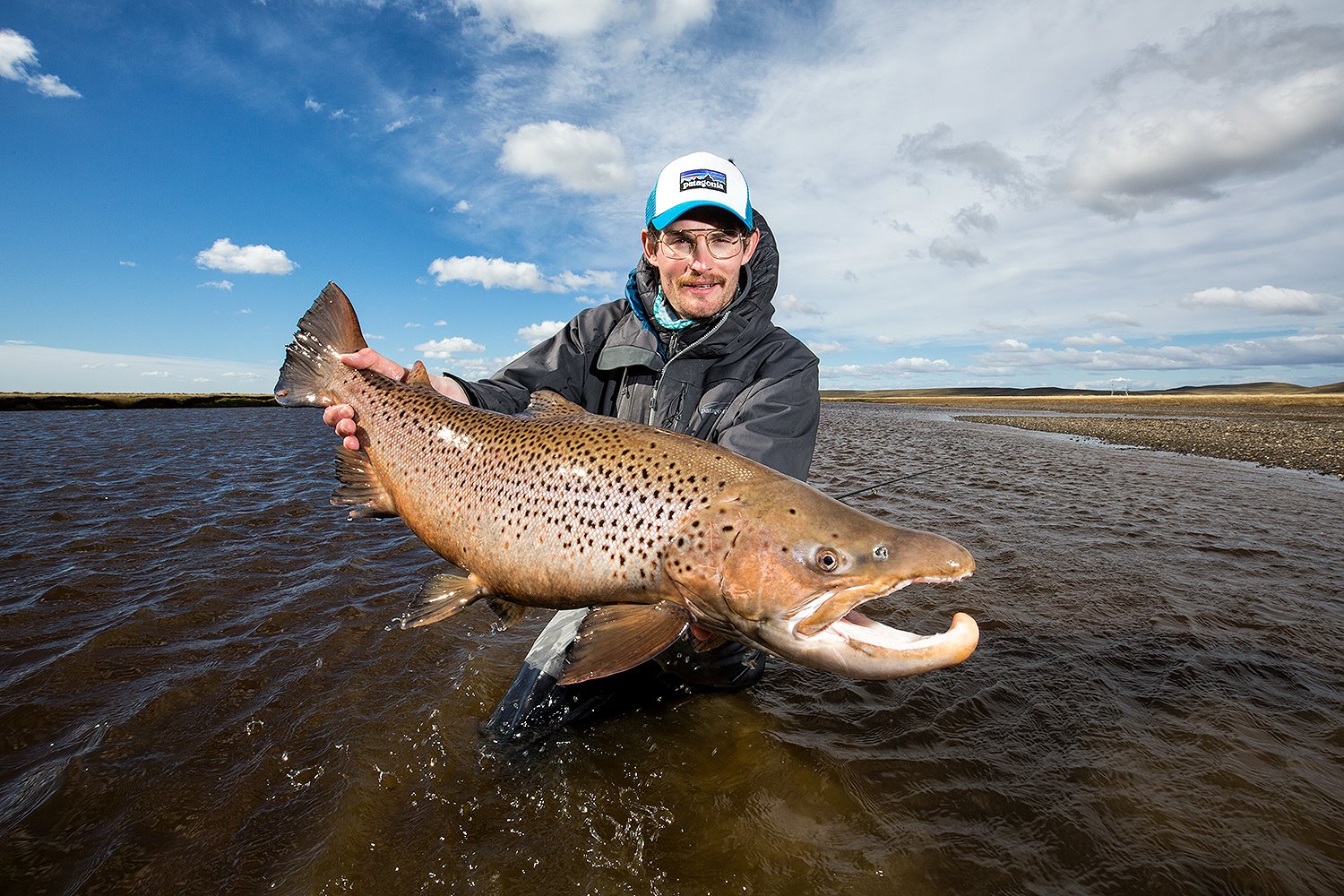
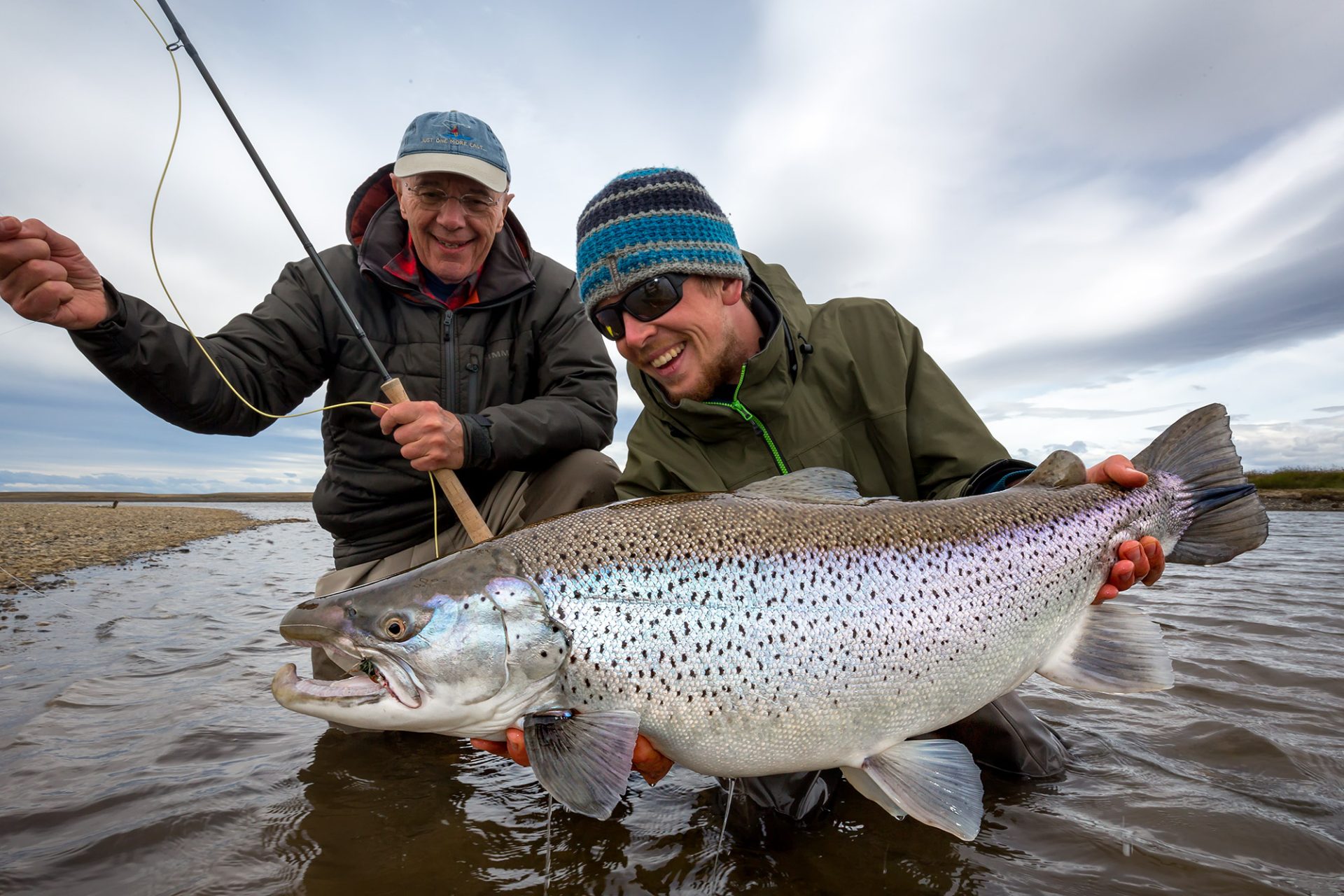
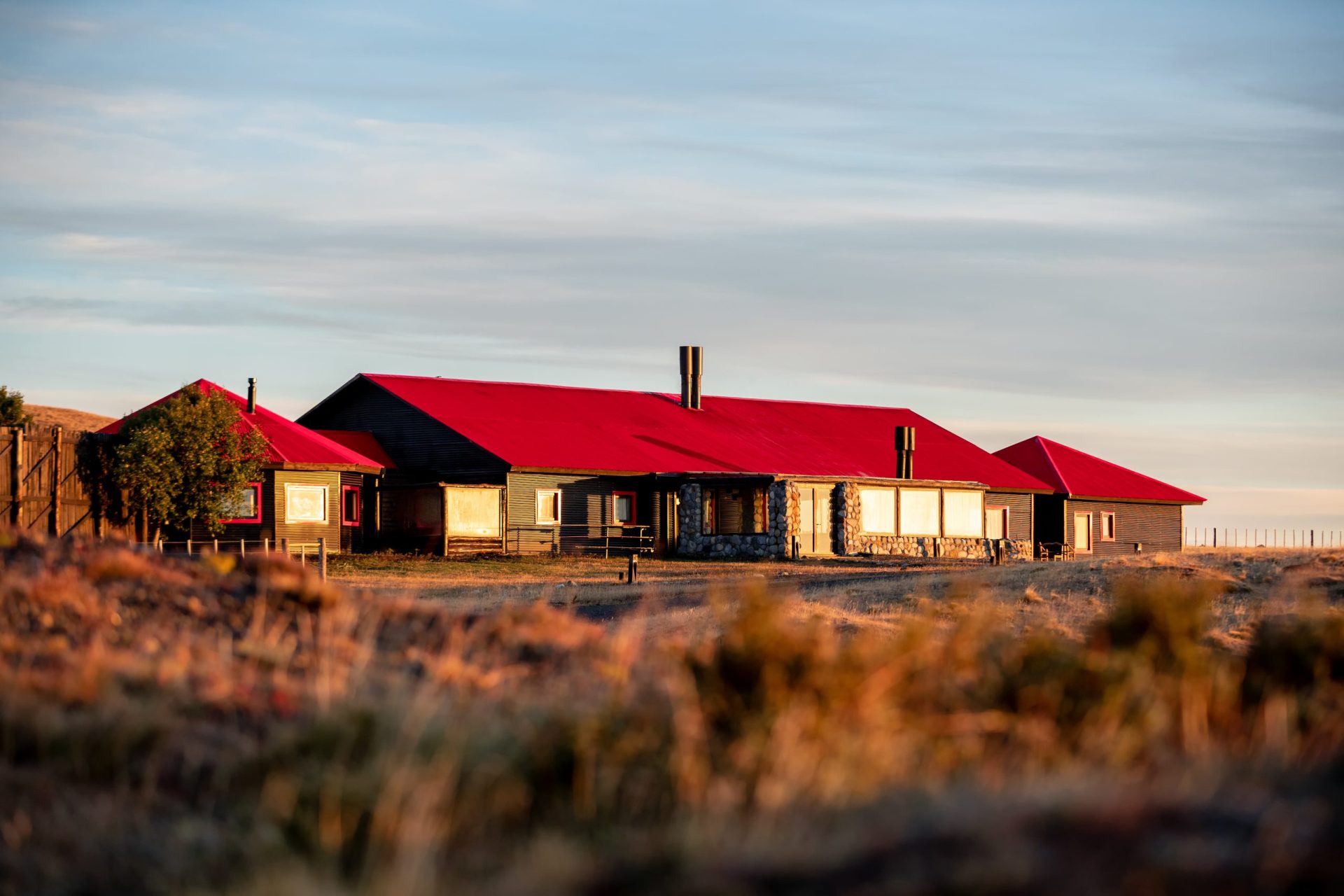

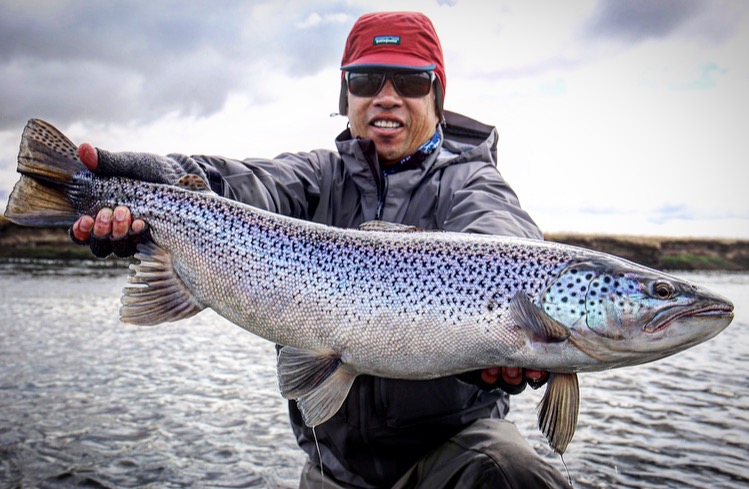
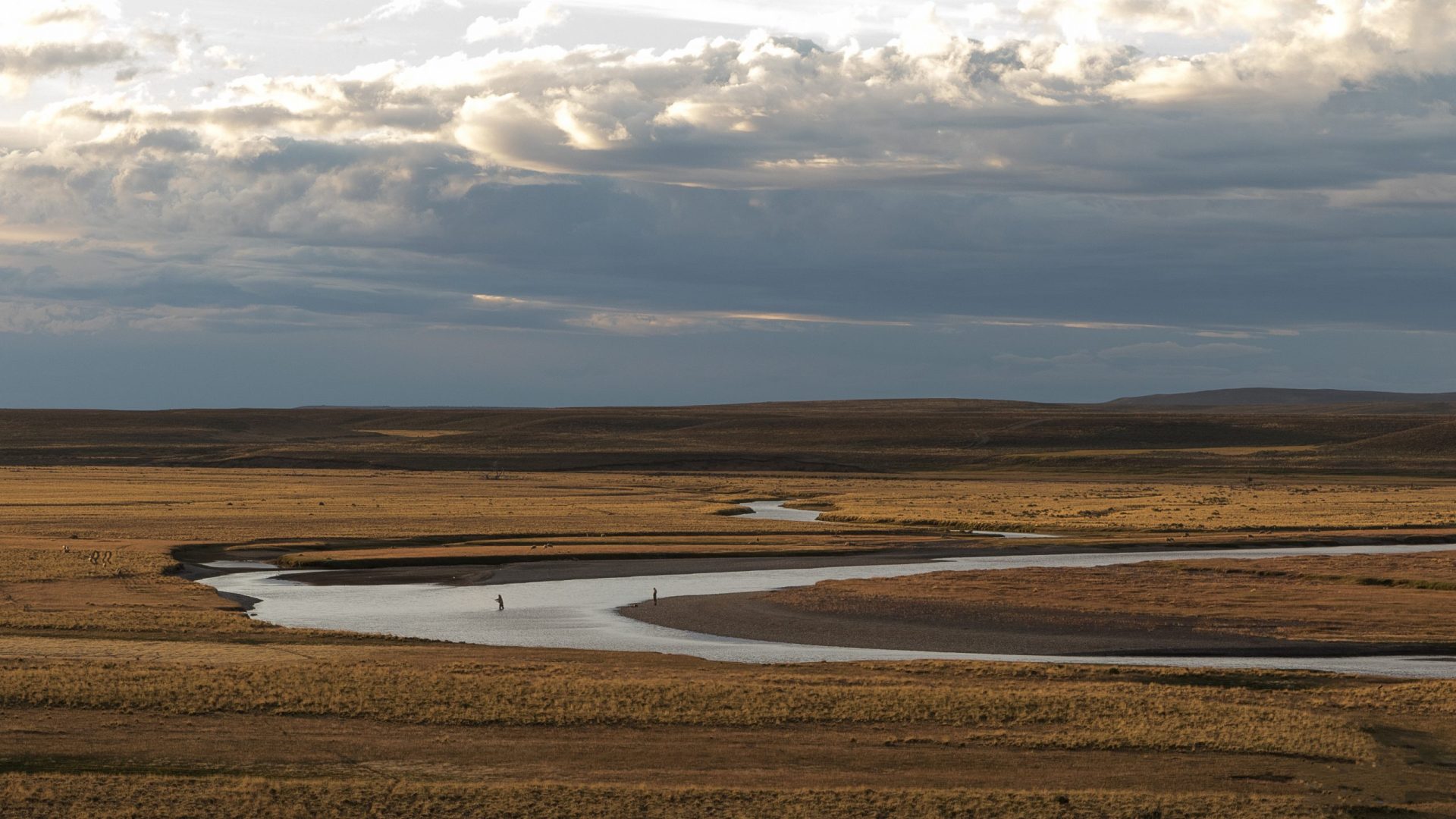
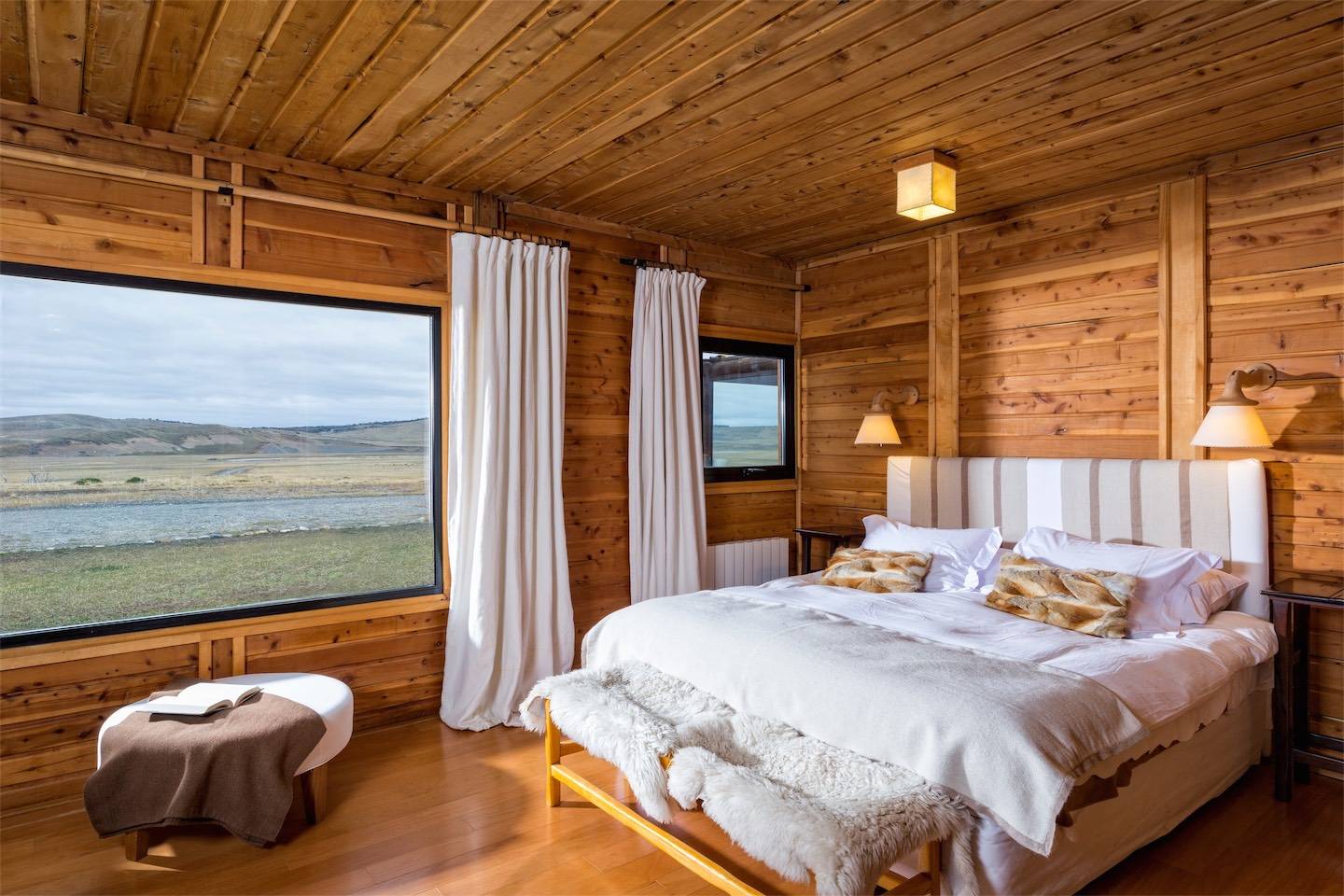

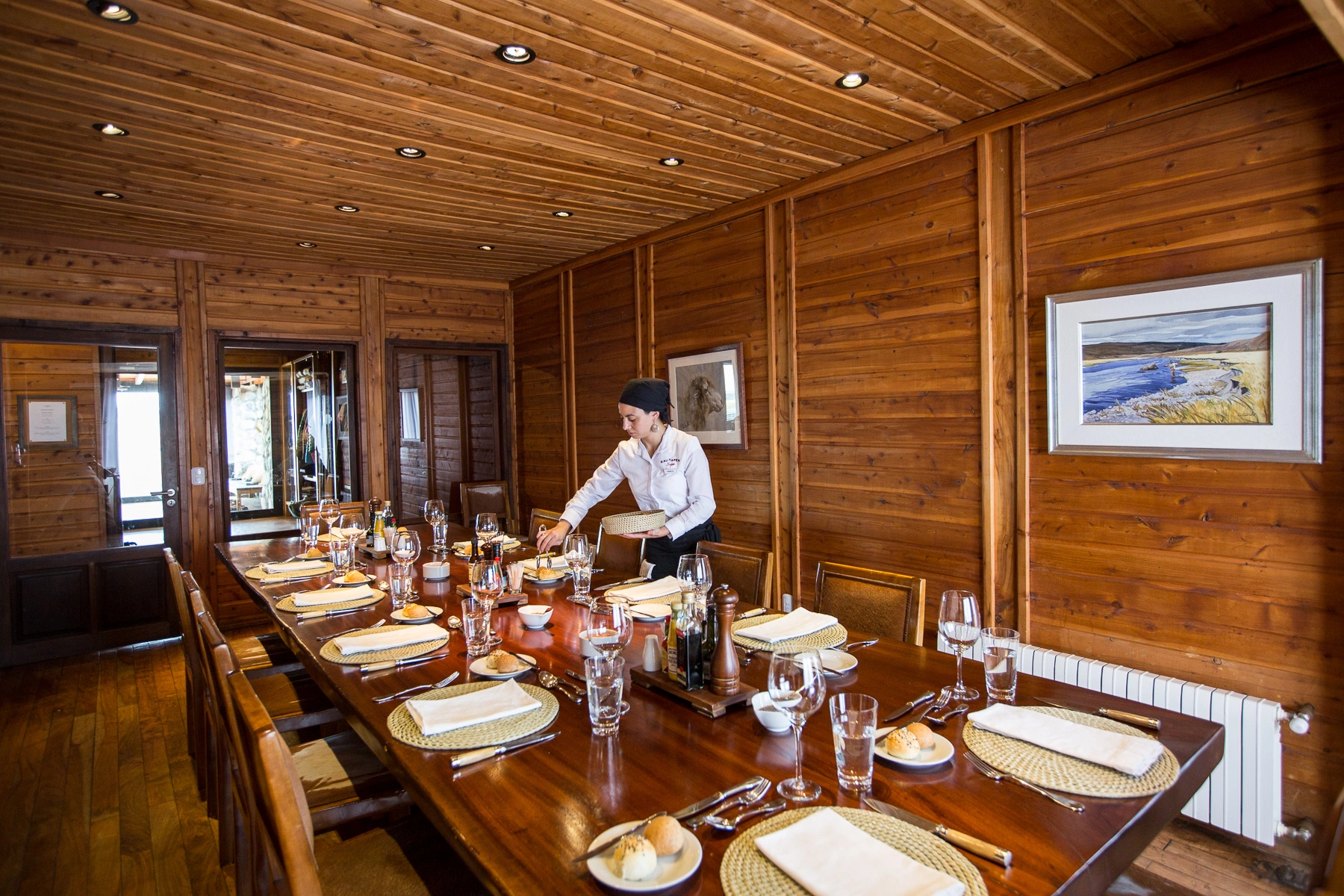
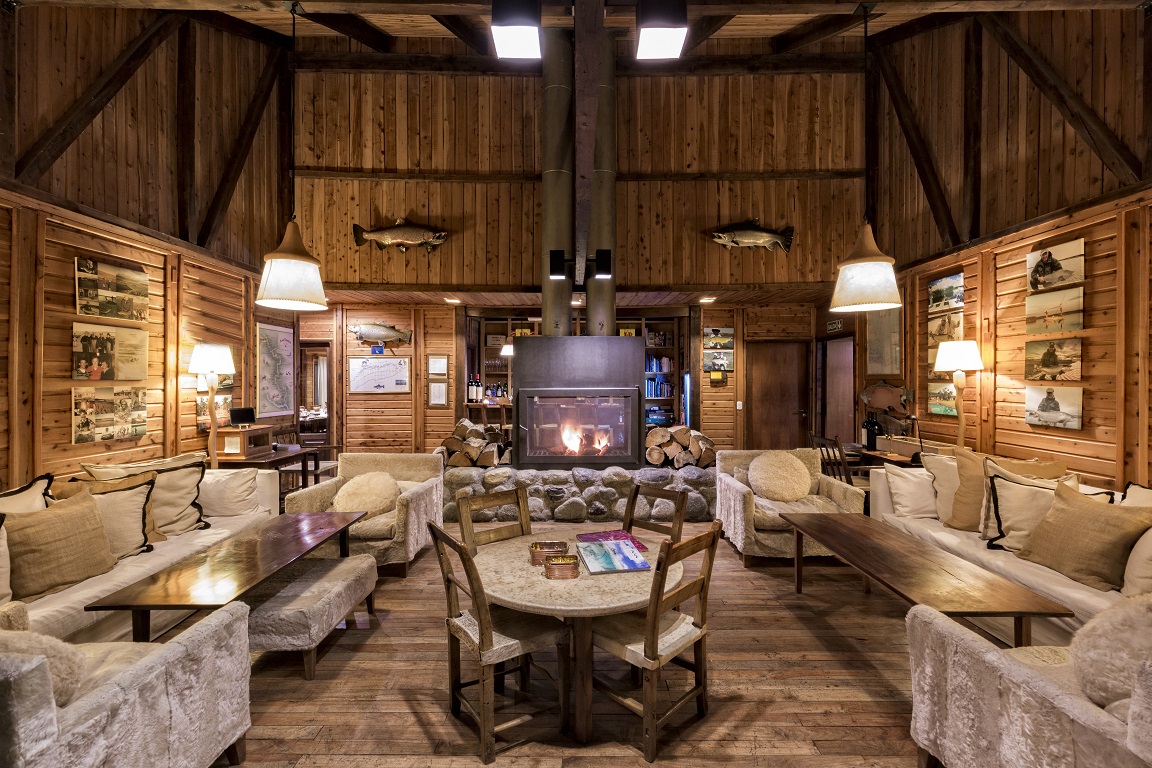


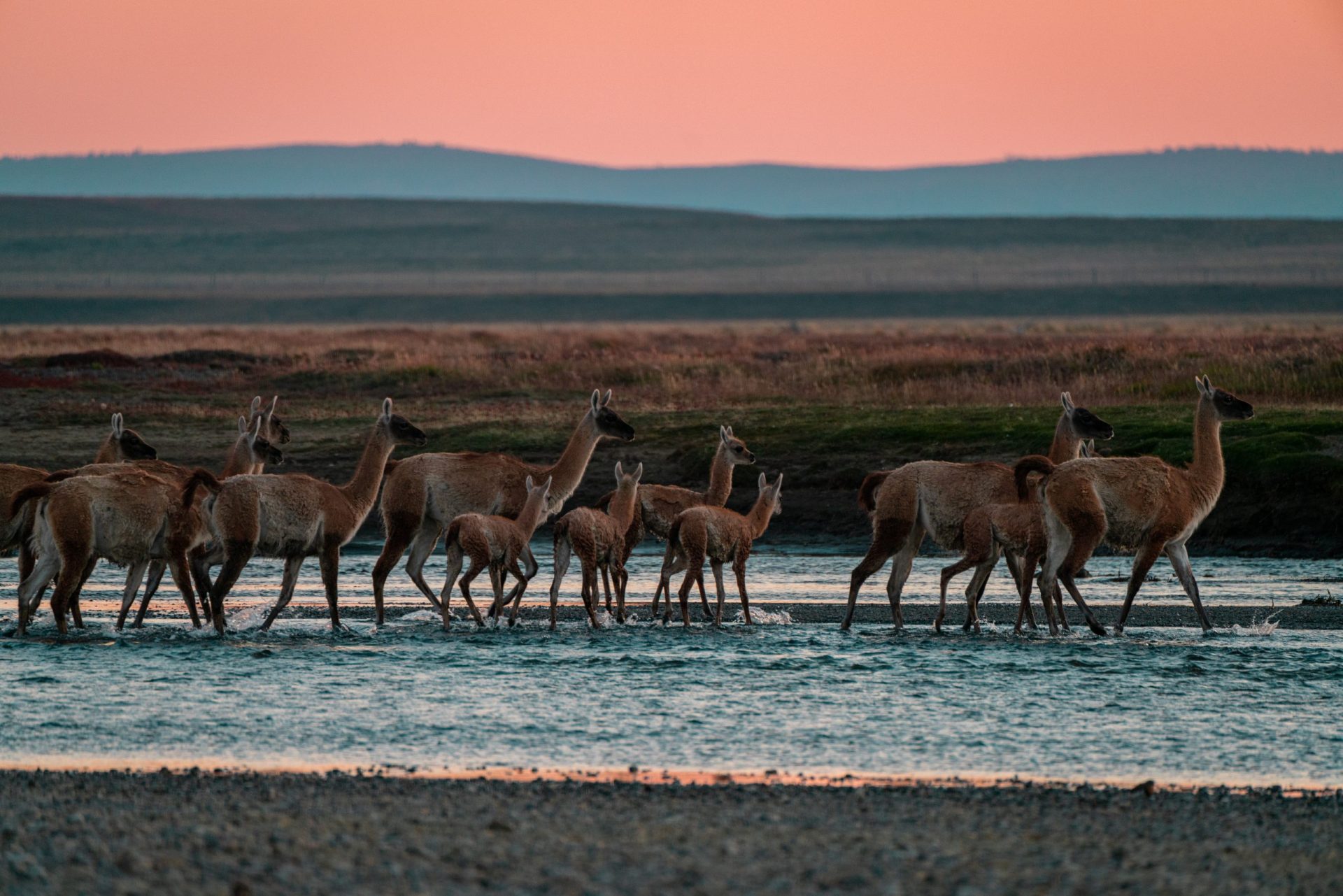
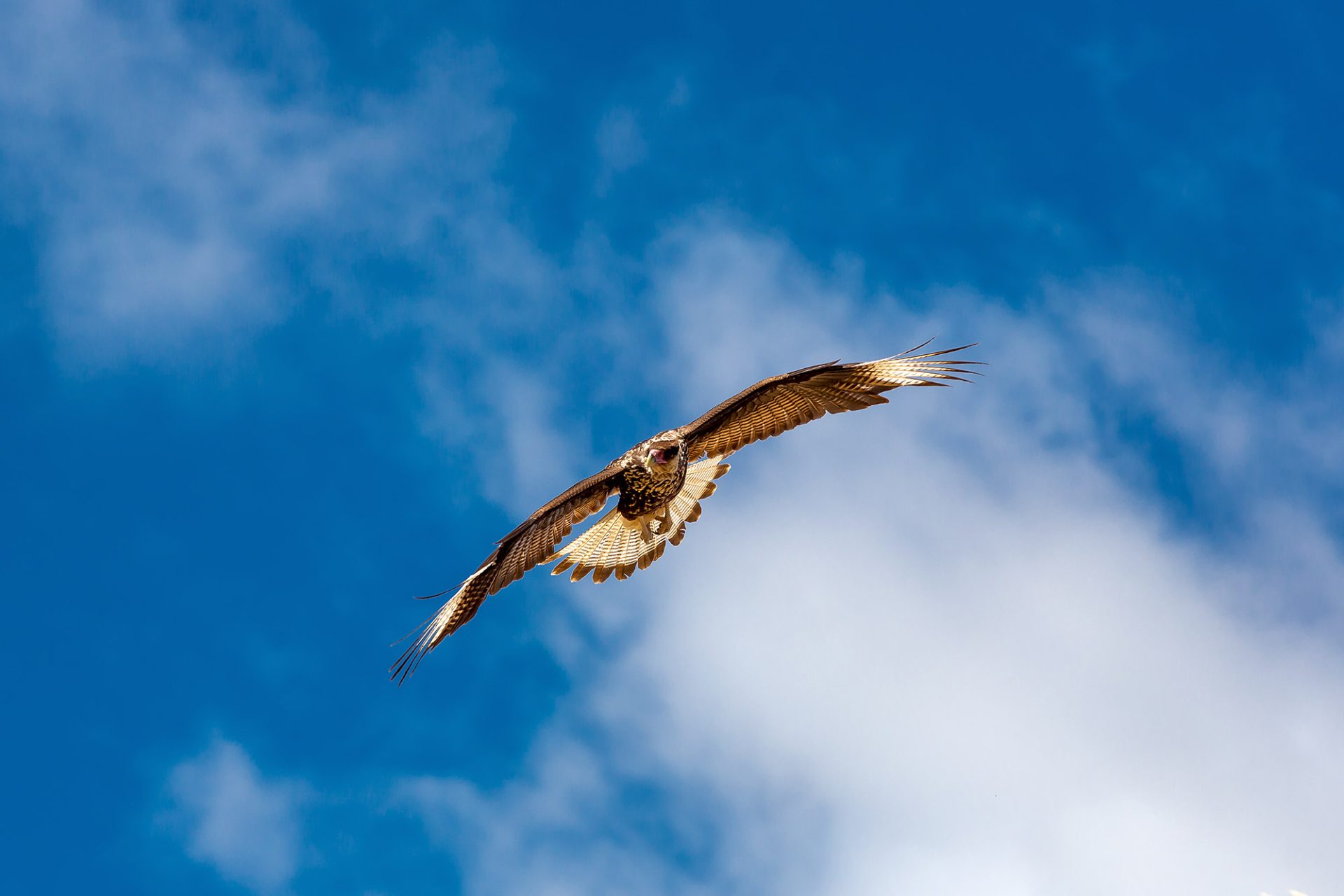




 While “bigger water” than Menendez, the Rio Grande is really a medium size river, with gentle gradients and easily waded, gravel-bottom pools. While the pools can be covered adequately with a single-handed rod, double-handers have become popular and deal with the famous Tierra del Fuego winds more efficiently. Aurelia Lodge’s pools are varied and interesting with island pools, traditional runs, undercut banks and meanders. All the pools are ideal fly water.
While “bigger water” than Menendez, the Rio Grande is really a medium size river, with gentle gradients and easily waded, gravel-bottom pools. While the pools can be covered adequately with a single-handed rod, double-handers have become popular and deal with the famous Tierra del Fuego winds more efficiently. Aurelia Lodge’s pools are varied and interesting with island pools, traditional runs, undercut banks and meanders. All the pools are ideal fly water.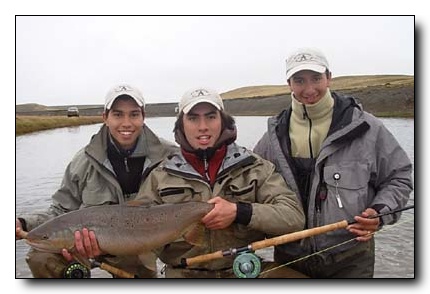

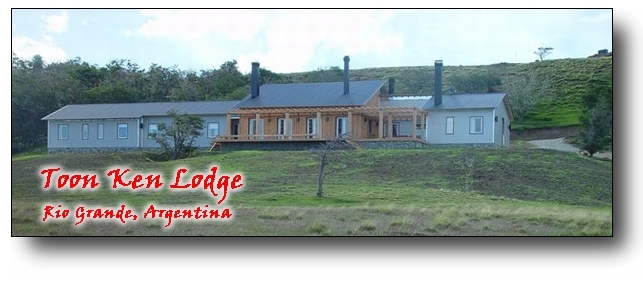


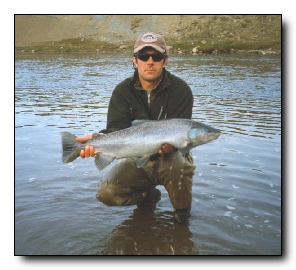 Toon Ken is located directly upstream of Estancia Maria Behety and on the opposite side of the river from Kau Tapen. Toon Ken has several pools of double bank fishing within walking distance of the lodge, or you’ll drive down stream to fish miles of left bank fishing, across from sister lodge, Kau Tapen. Prevailing winds usually favor left bank anglers on this stretch.
Toon Ken is located directly upstream of Estancia Maria Behety and on the opposite side of the river from Kau Tapen. Toon Ken has several pools of double bank fishing within walking distance of the lodge, or you’ll drive down stream to fish miles of left bank fishing, across from sister lodge, Kau Tapen. Prevailing winds usually favor left bank anglers on this stretch.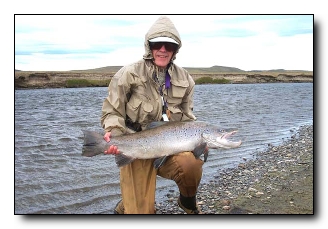 Toon Ken is located 70 kilometers (one and a half-hour drive) from the city of Rio Grande. Most times of the year there are daily flights from Buenos Aires to Rio Grande. Flight time, if a non-stop, takes 2½ hours. There is a less regular flight to and from Bariloche with three stops totaling five hours traveling time. The Bariloche flight is the logical connecting point between Tierra del Fuego and Angler Adventures fishing programs in Patagonia, Argentina.
Toon Ken is located 70 kilometers (one and a half-hour drive) from the city of Rio Grande. Most times of the year there are daily flights from Buenos Aires to Rio Grande. Flight time, if a non-stop, takes 2½ hours. There is a less regular flight to and from Bariloche with three stops totaling five hours traveling time. The Bariloche flight is the logical connecting point between Tierra del Fuego and Angler Adventures fishing programs in Patagonia, Argentina.